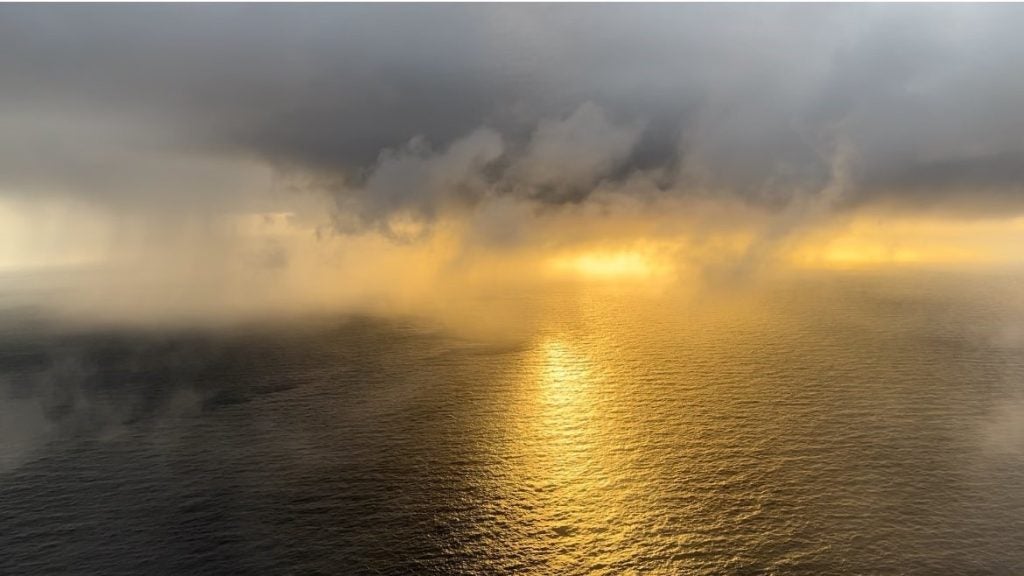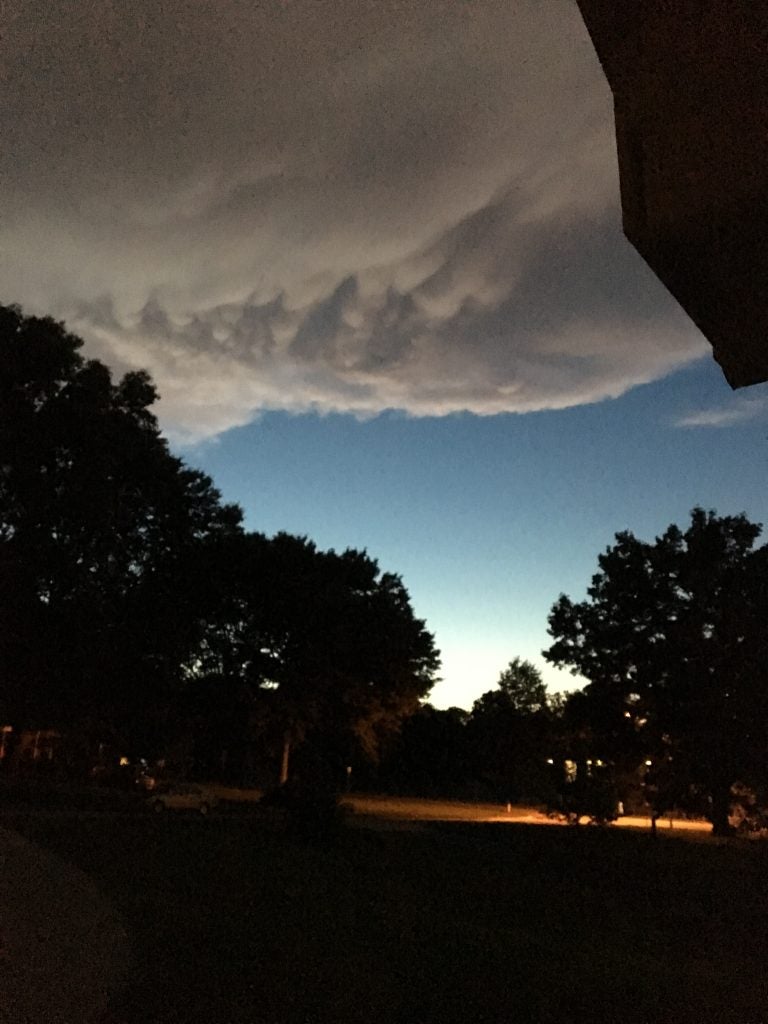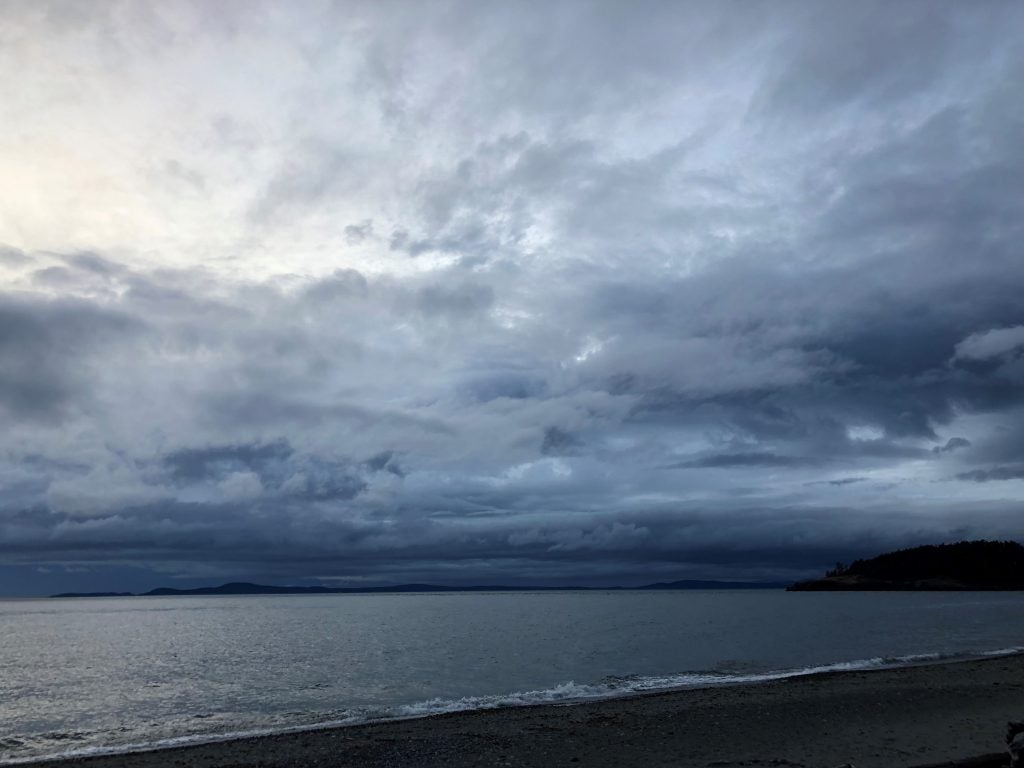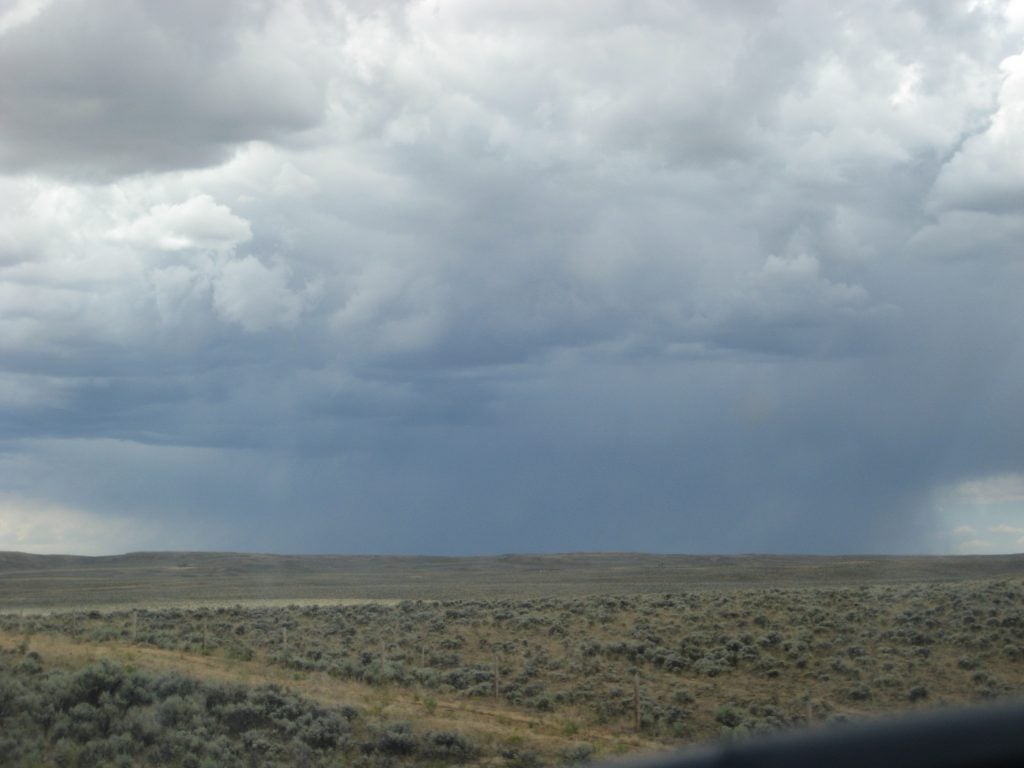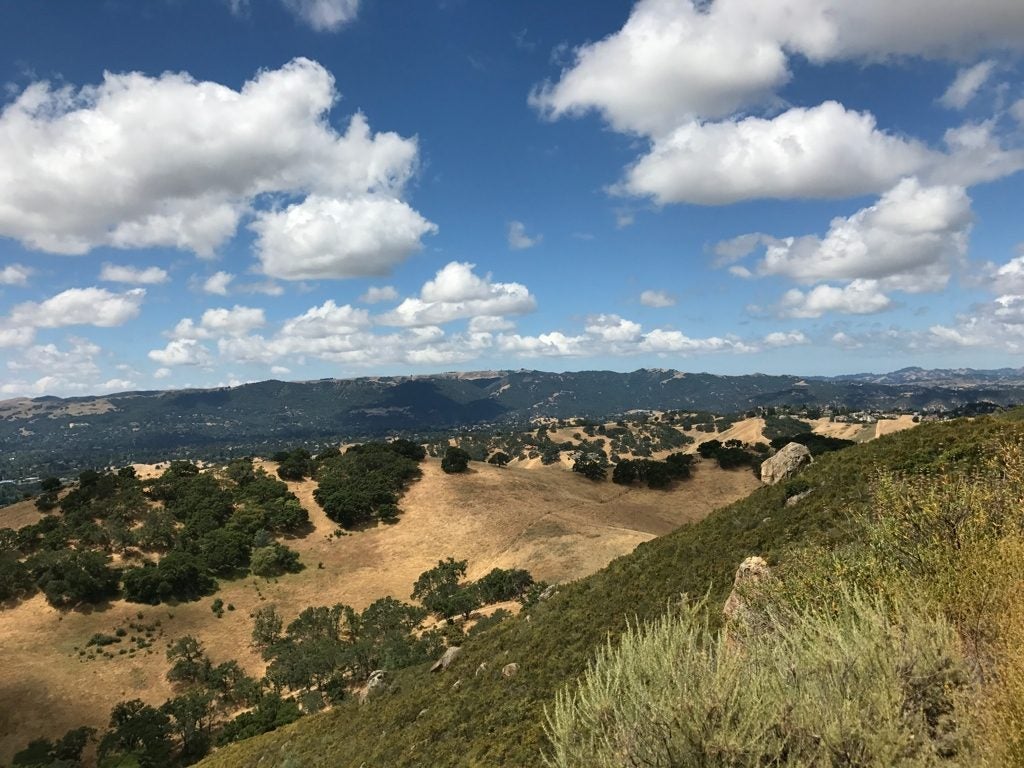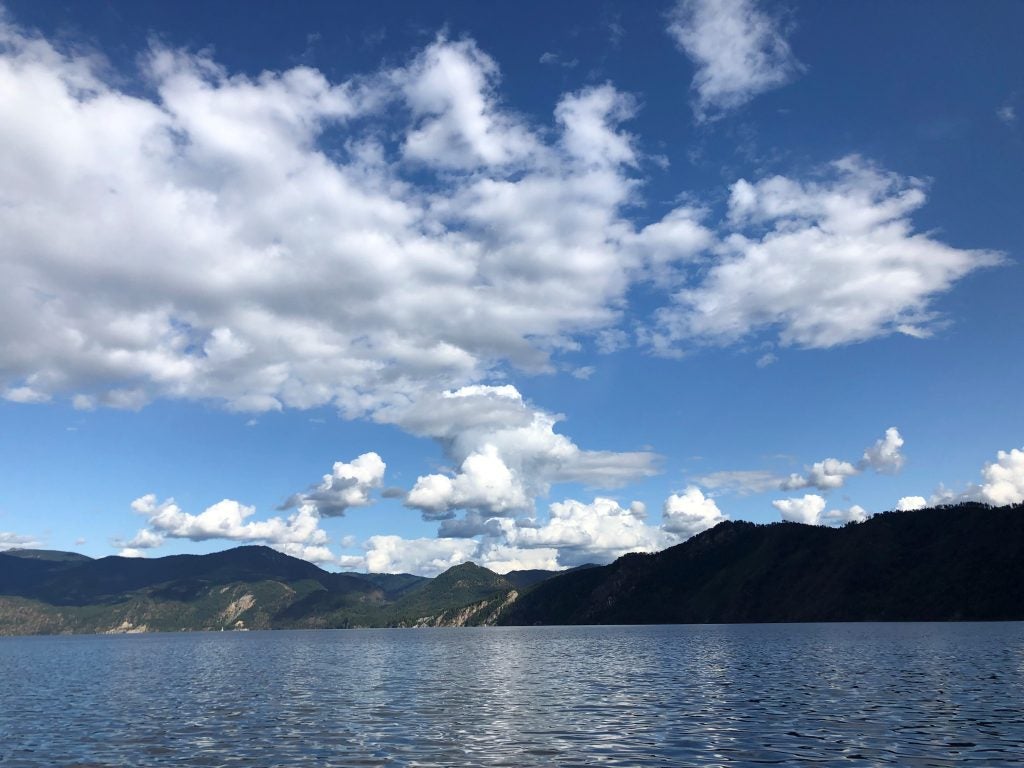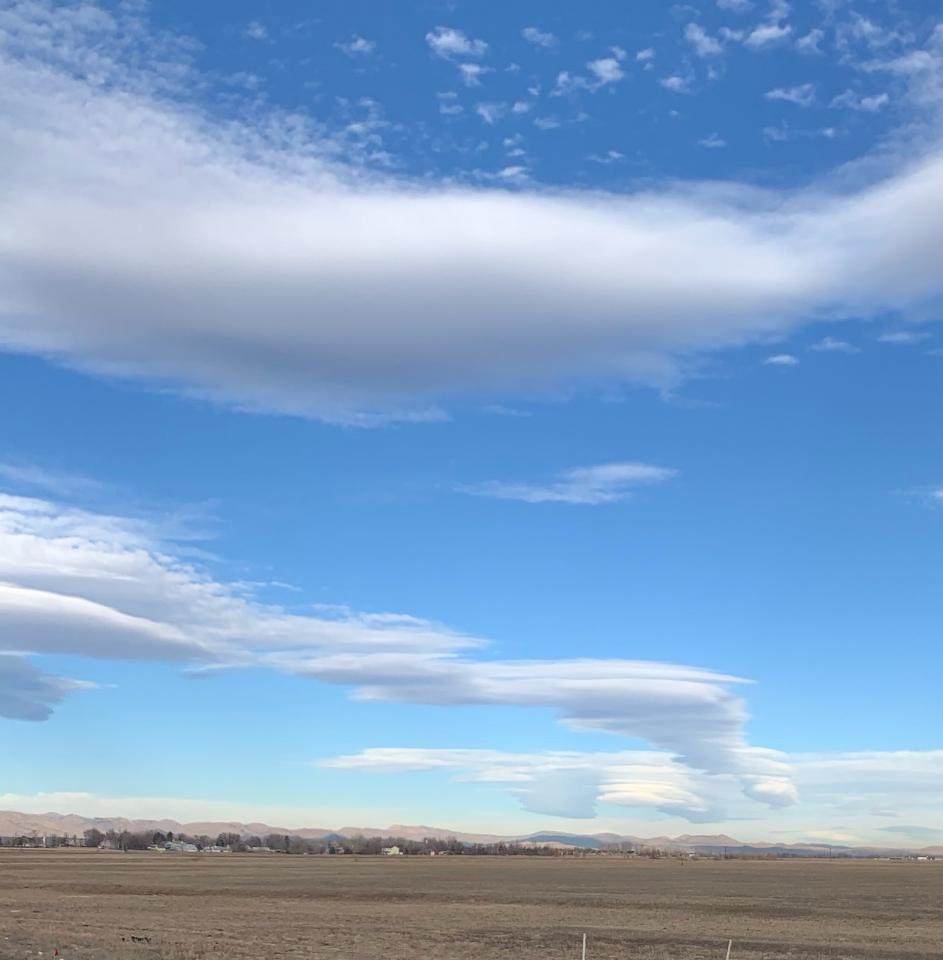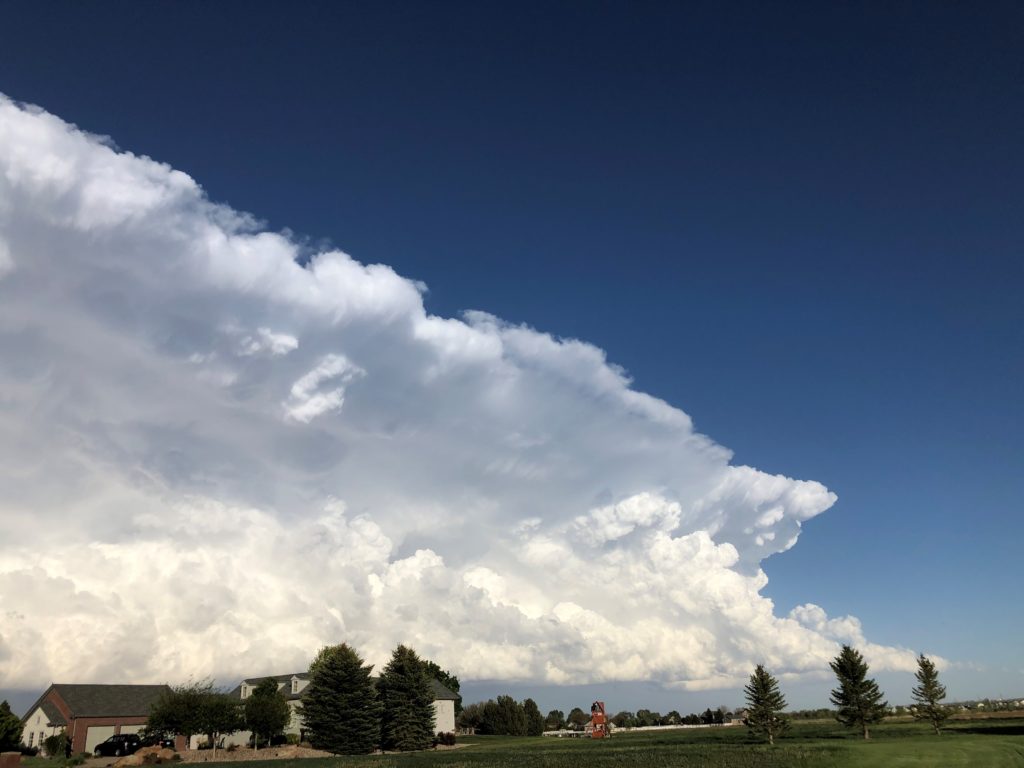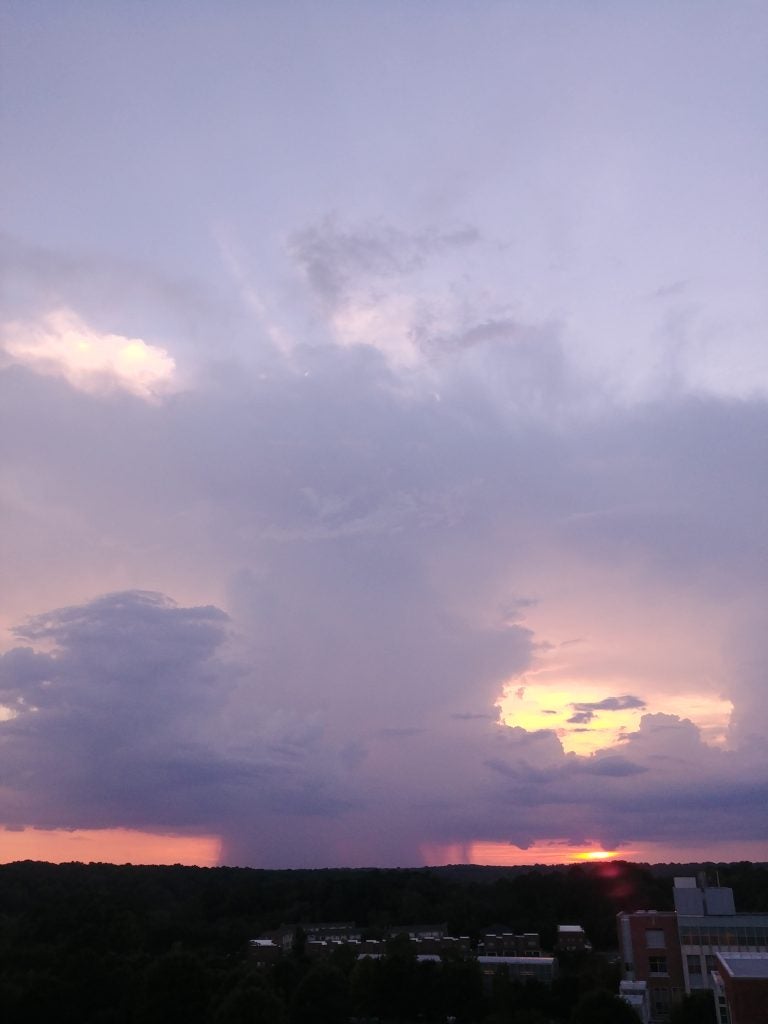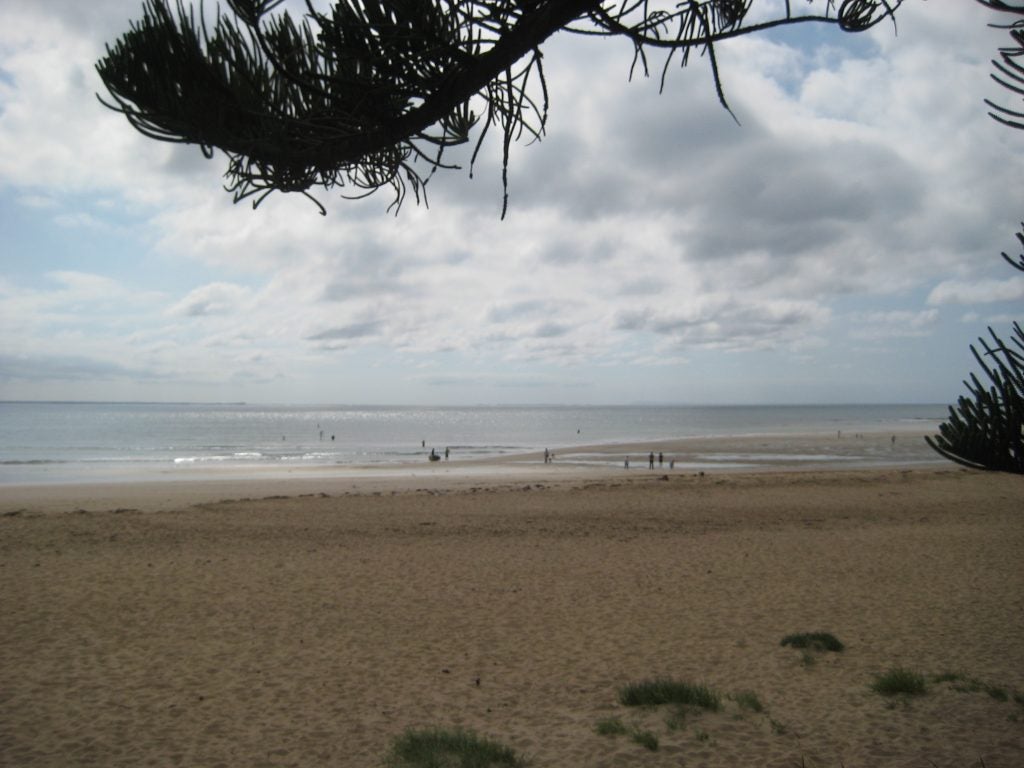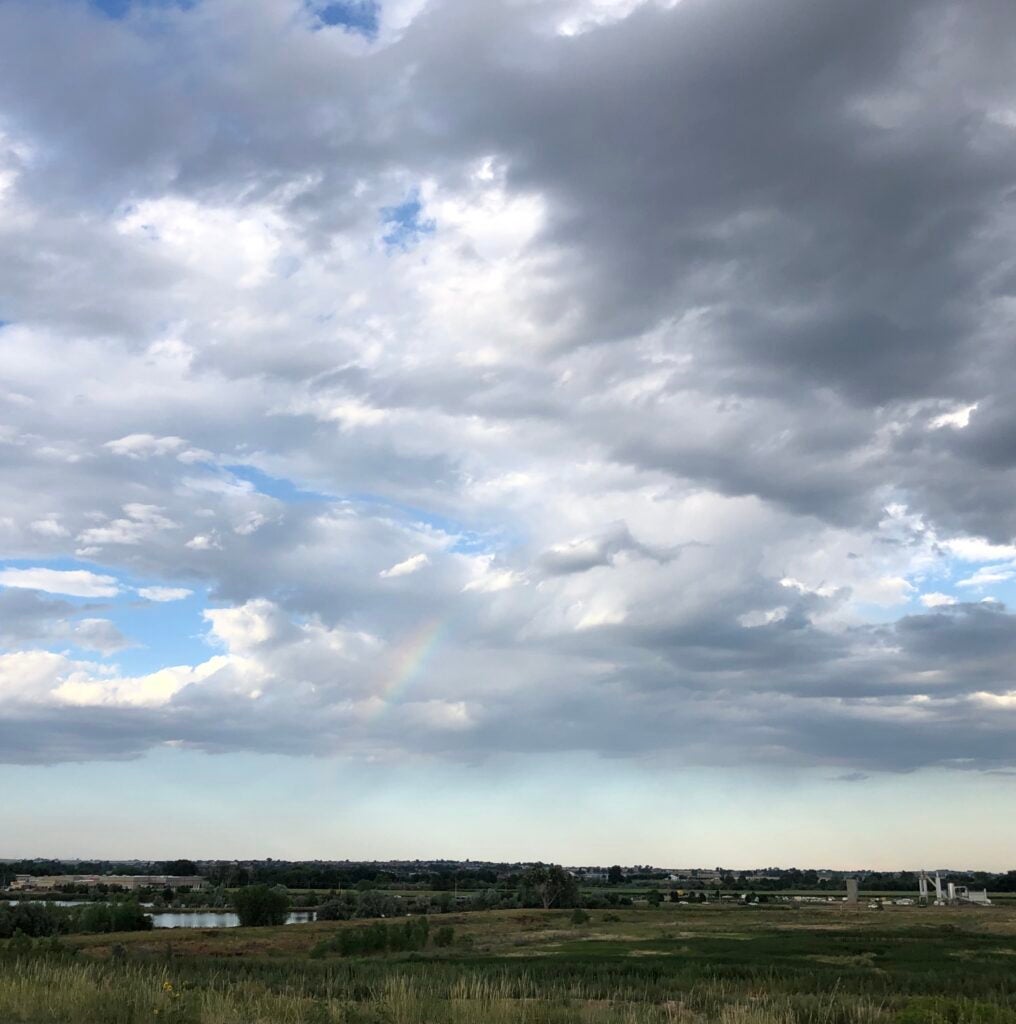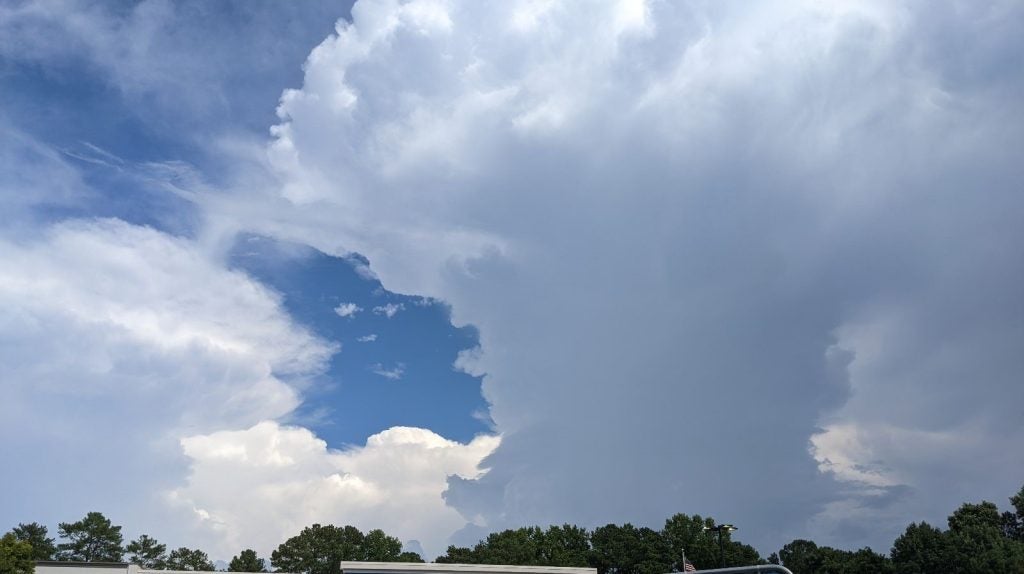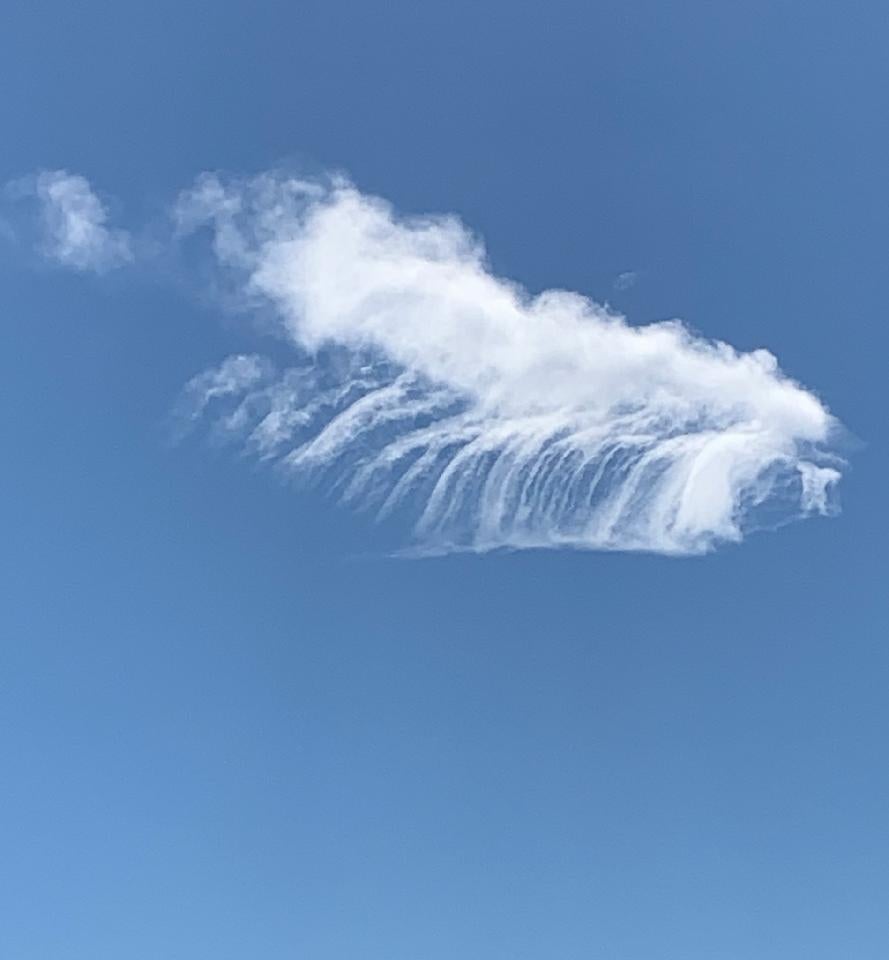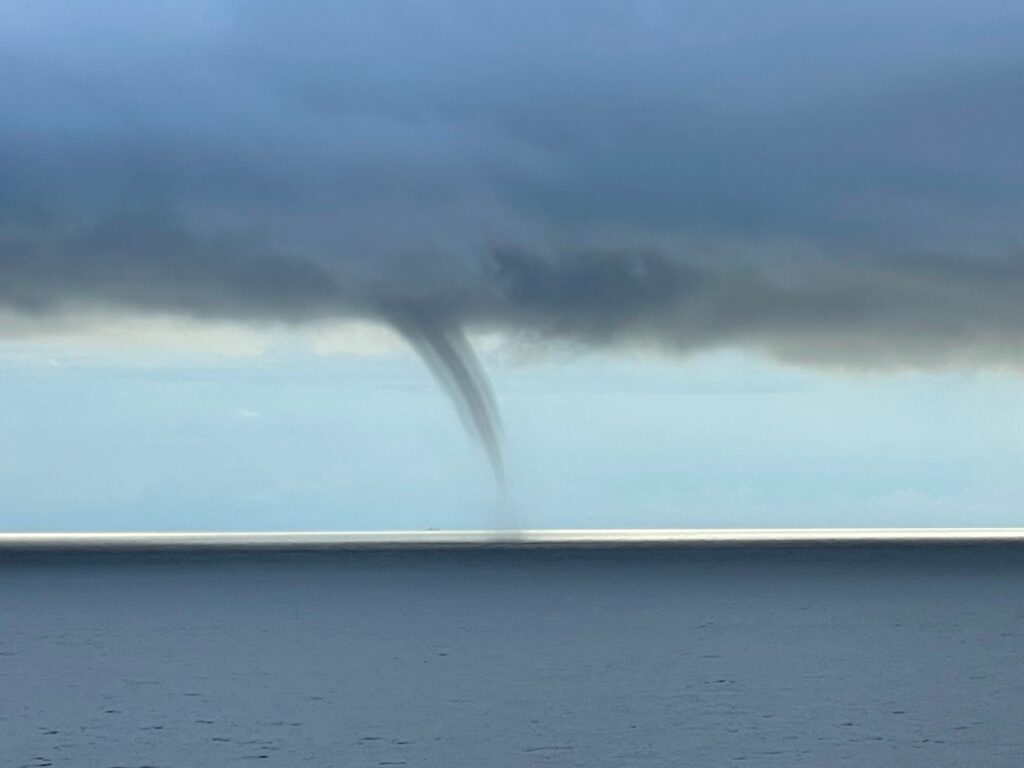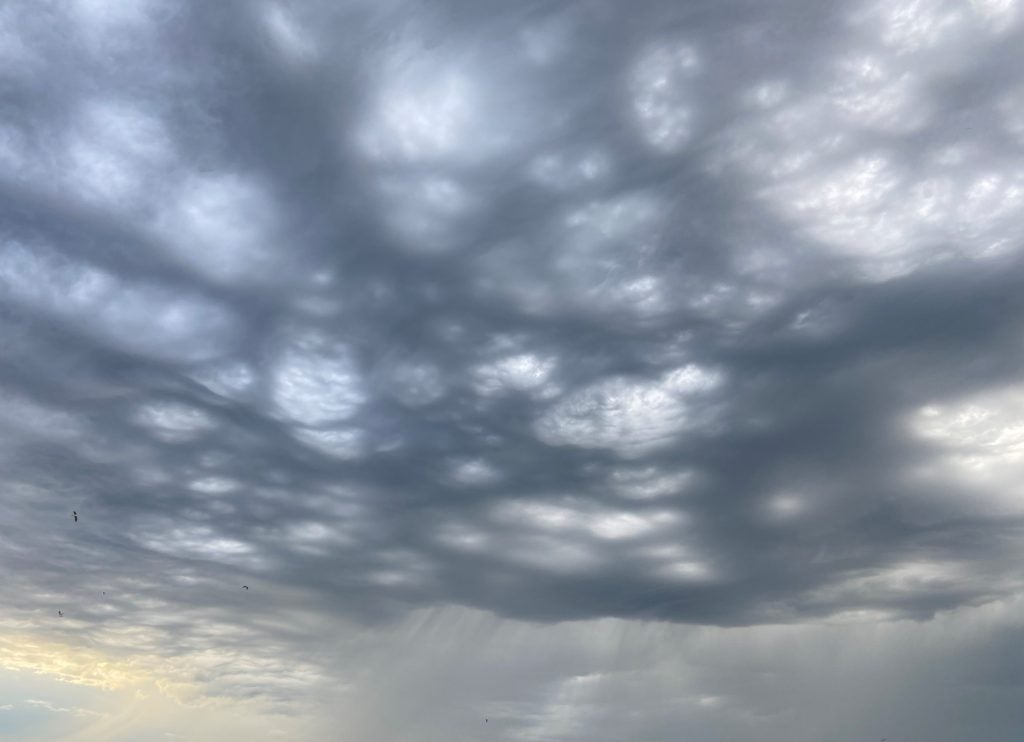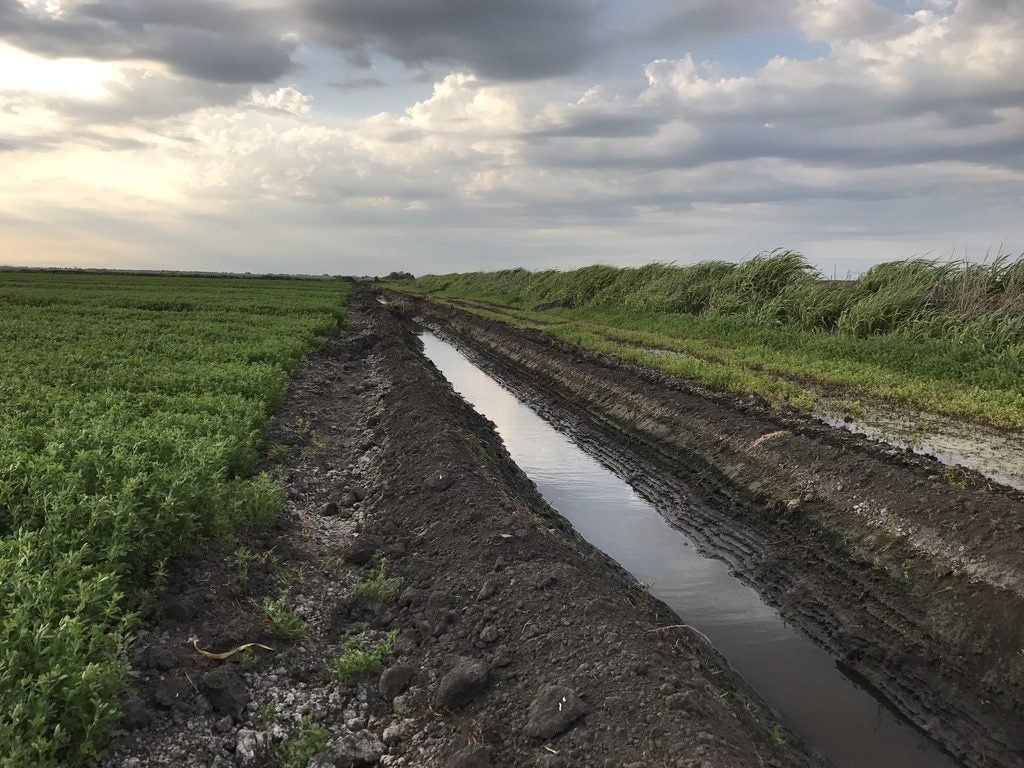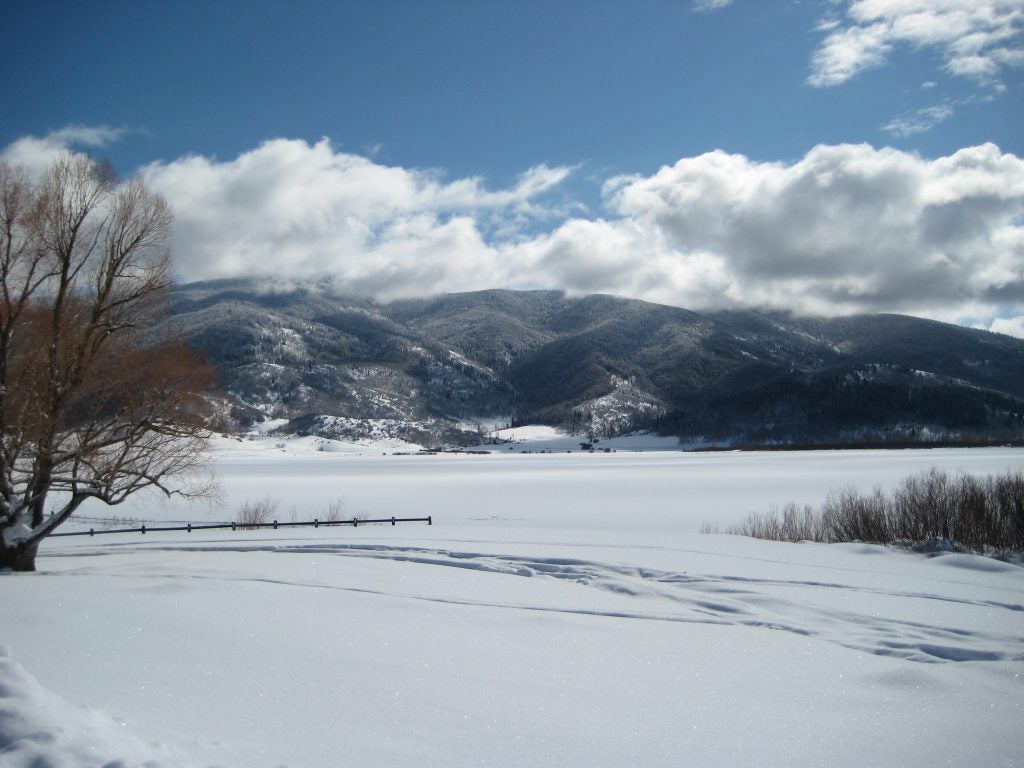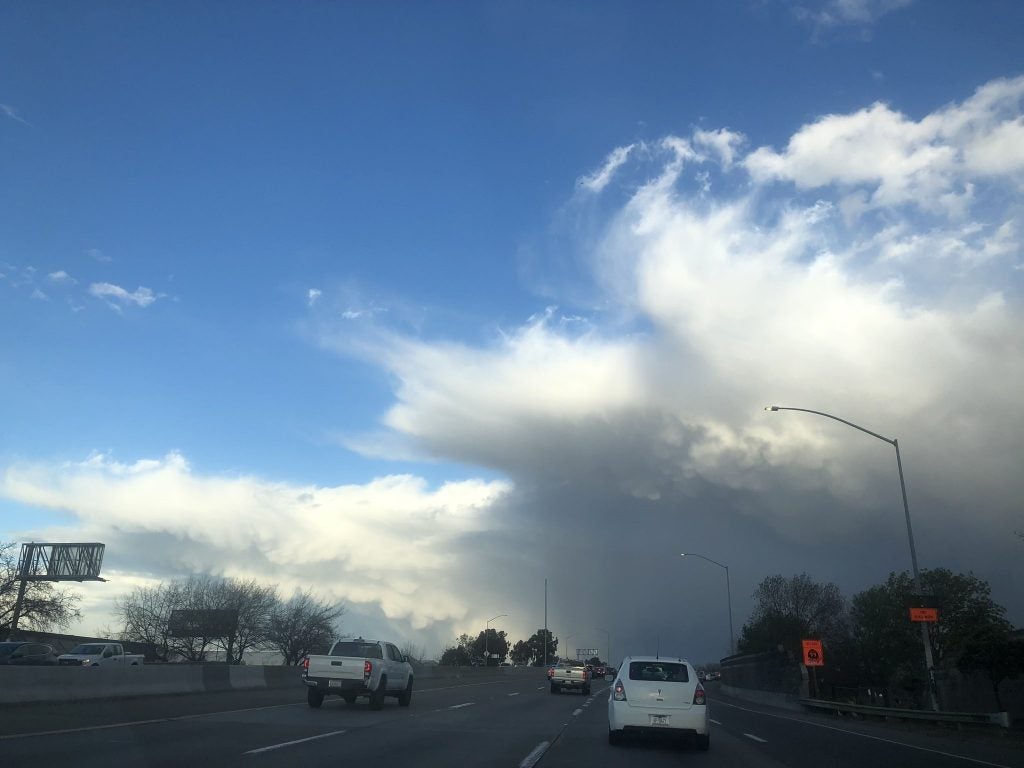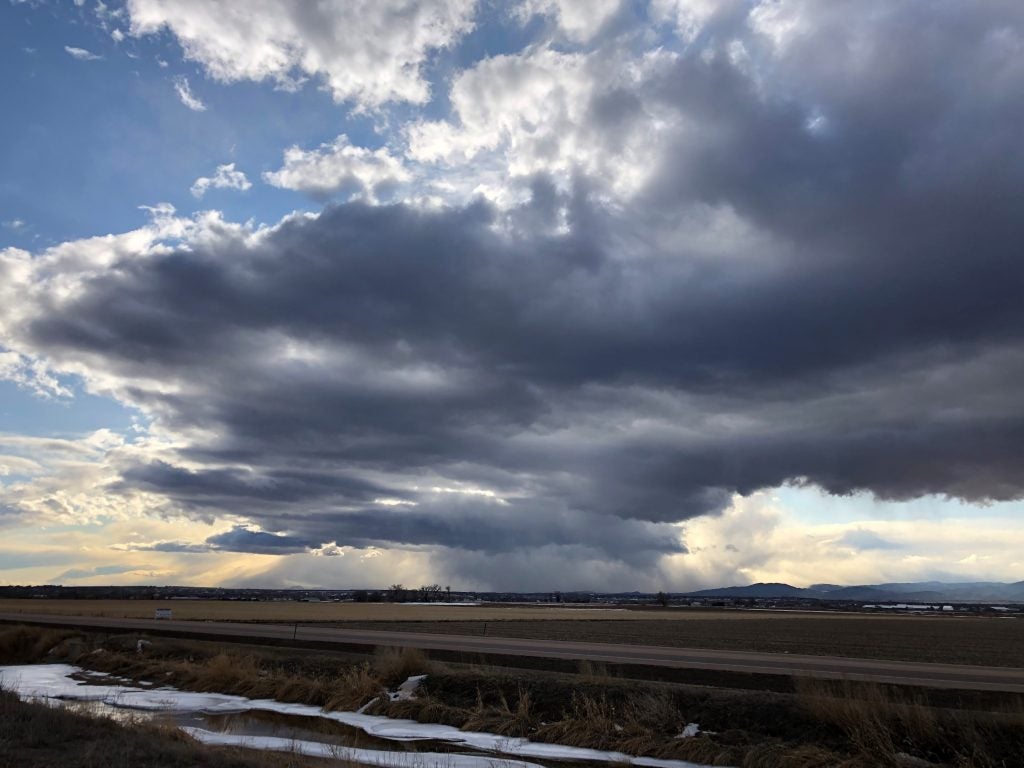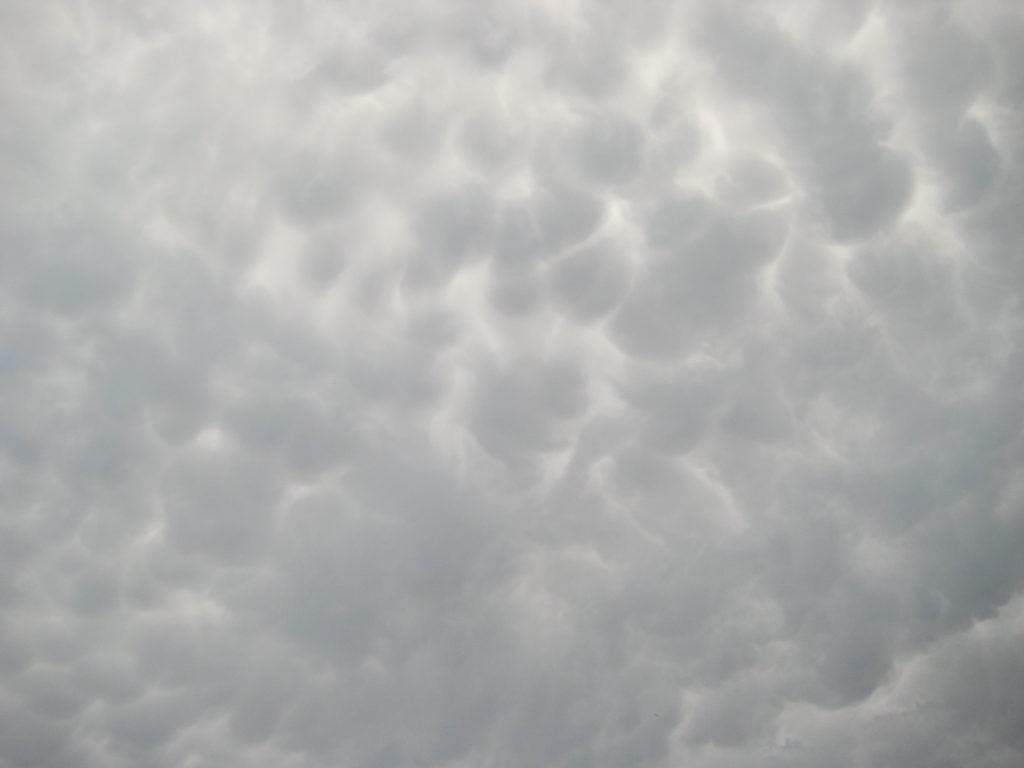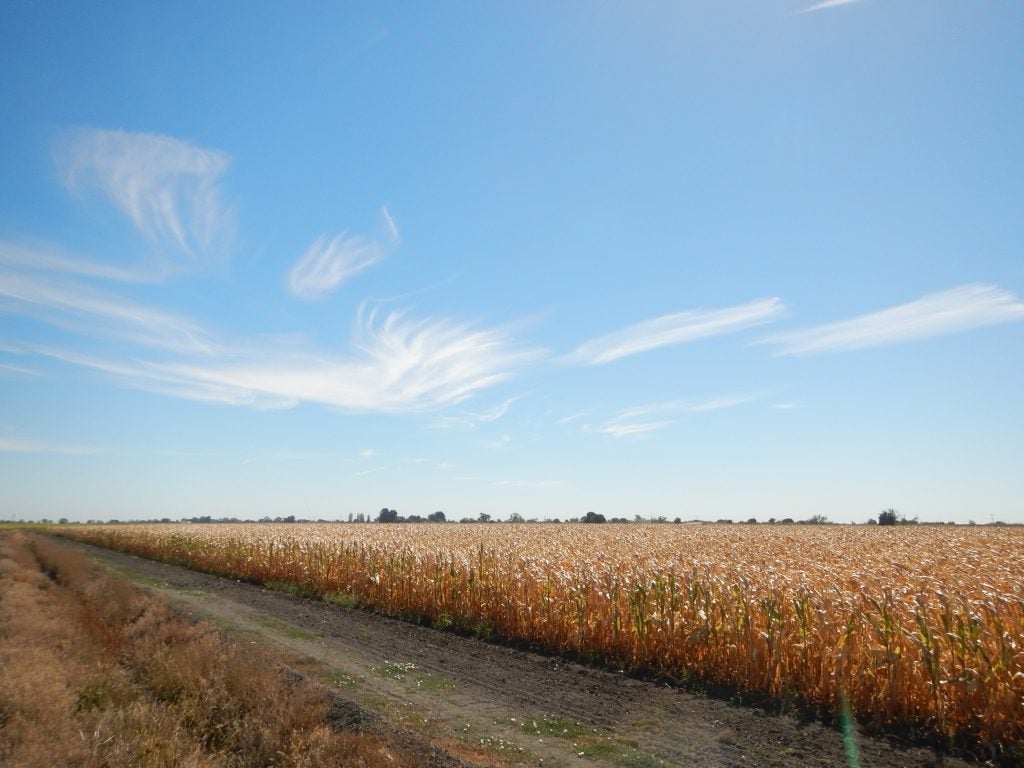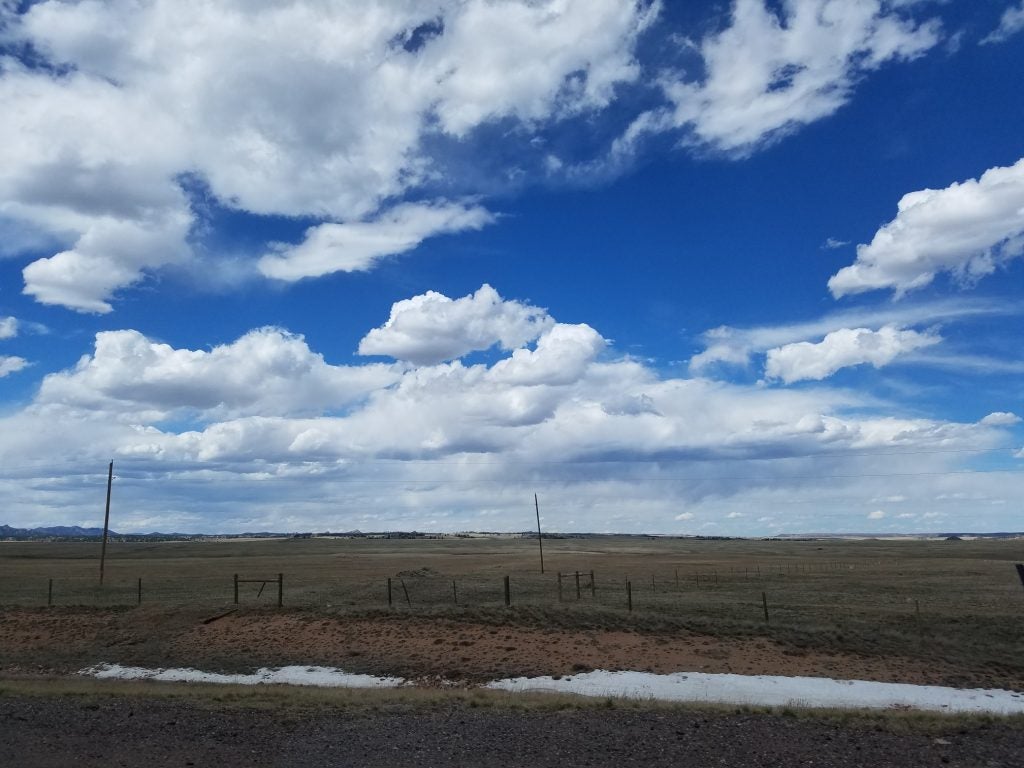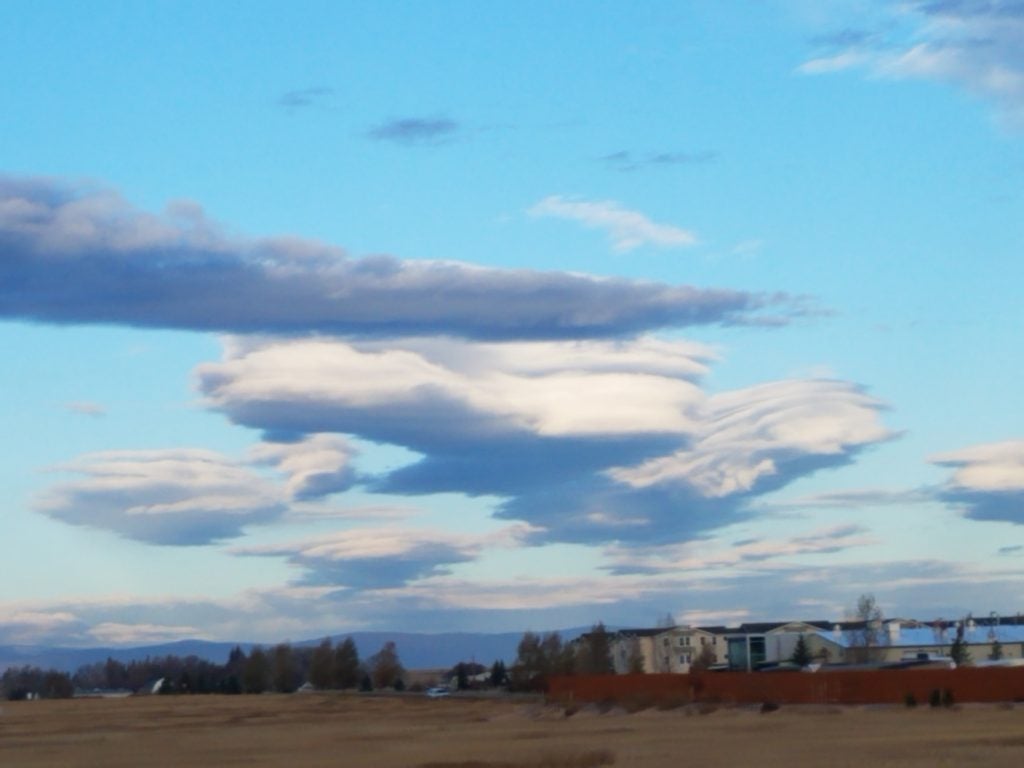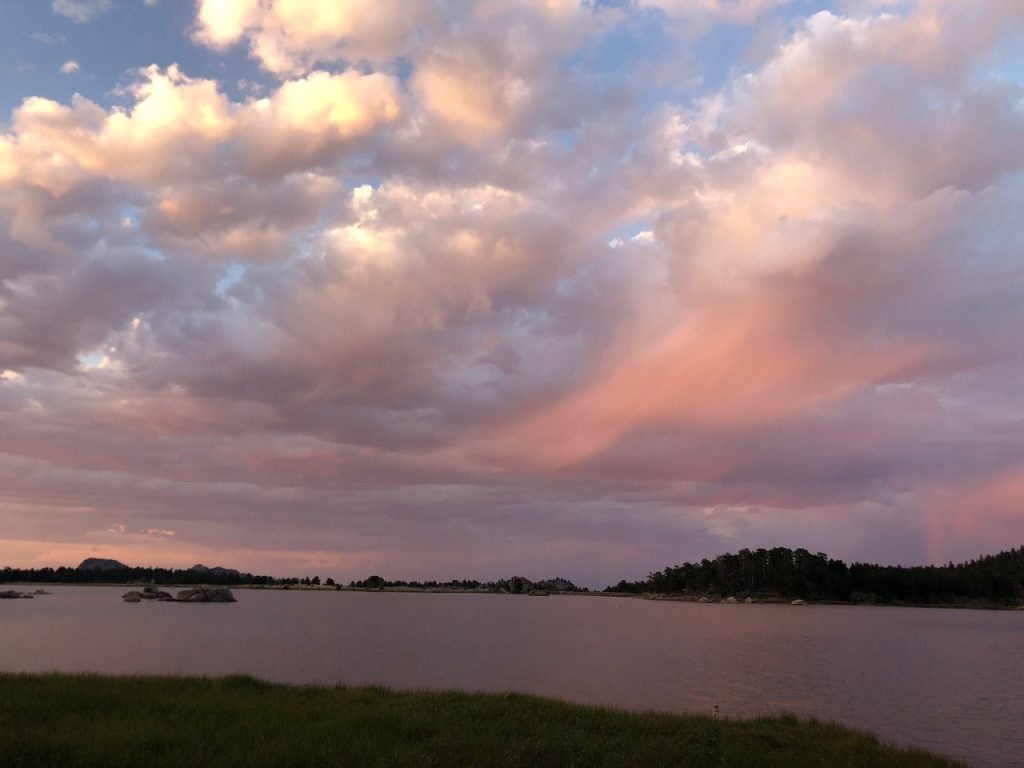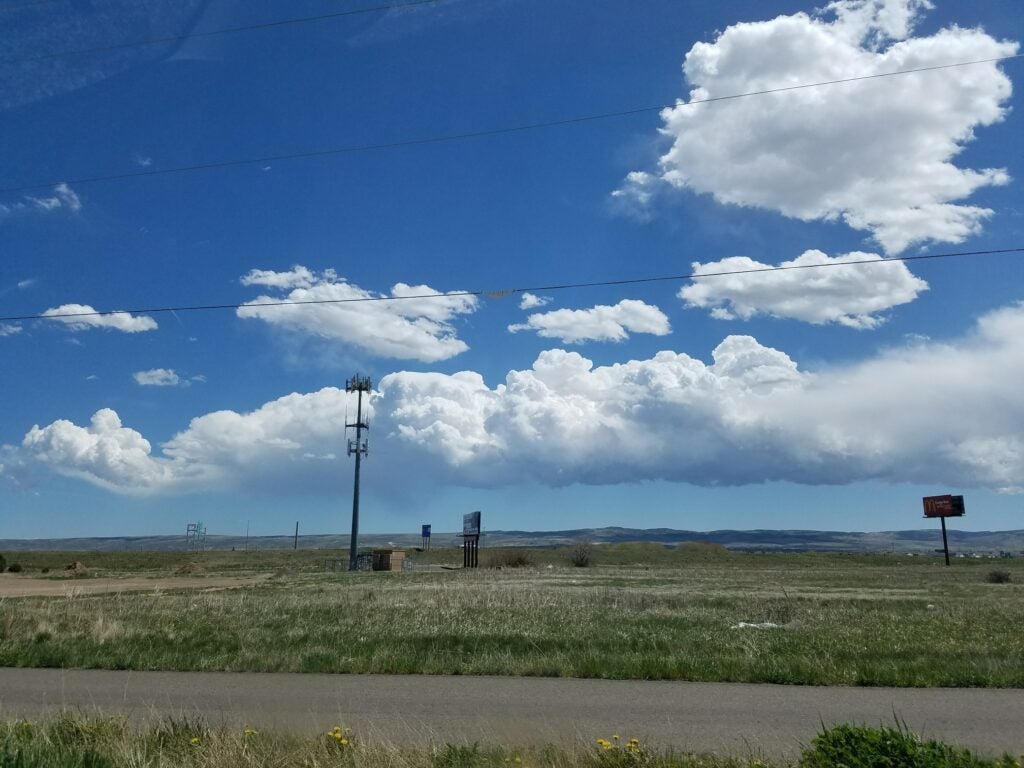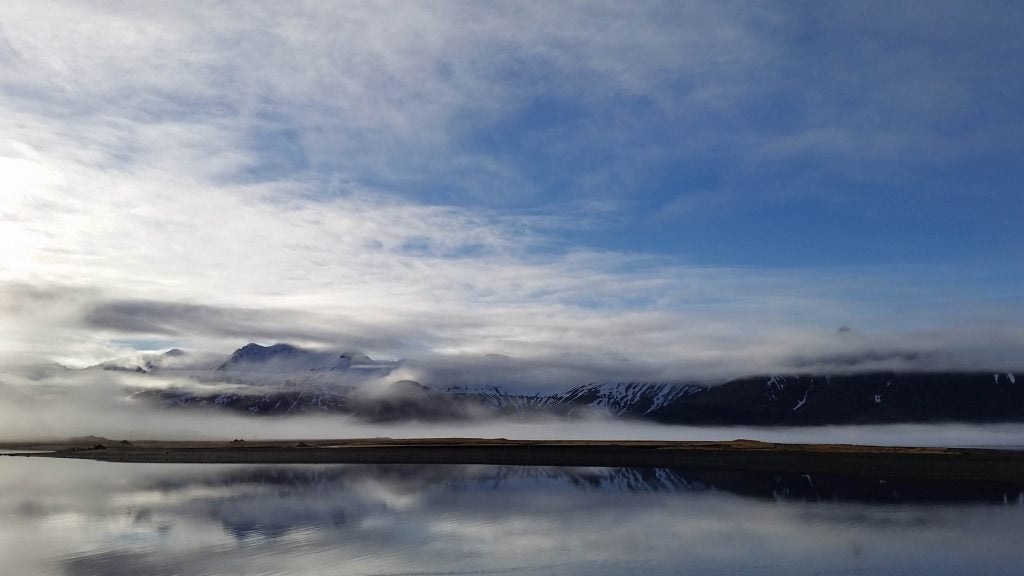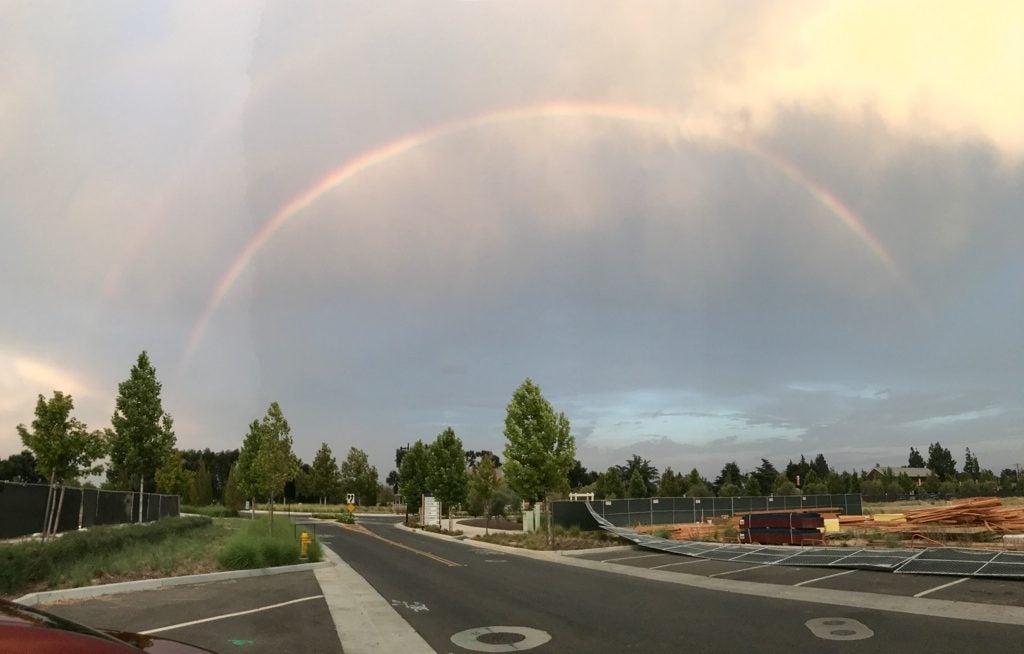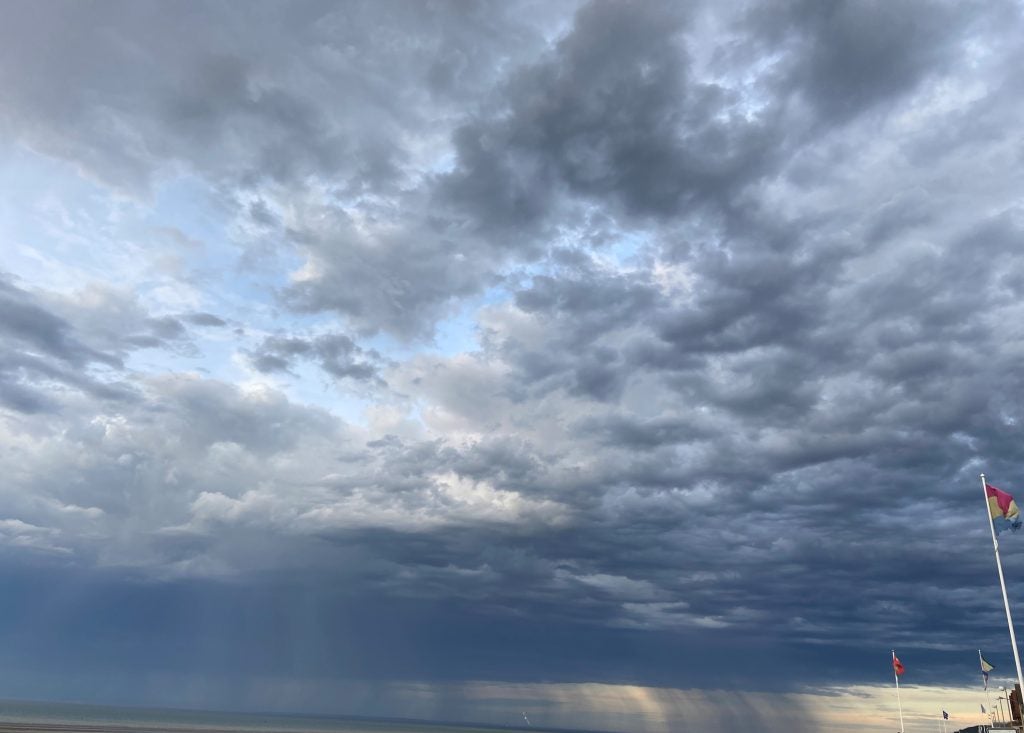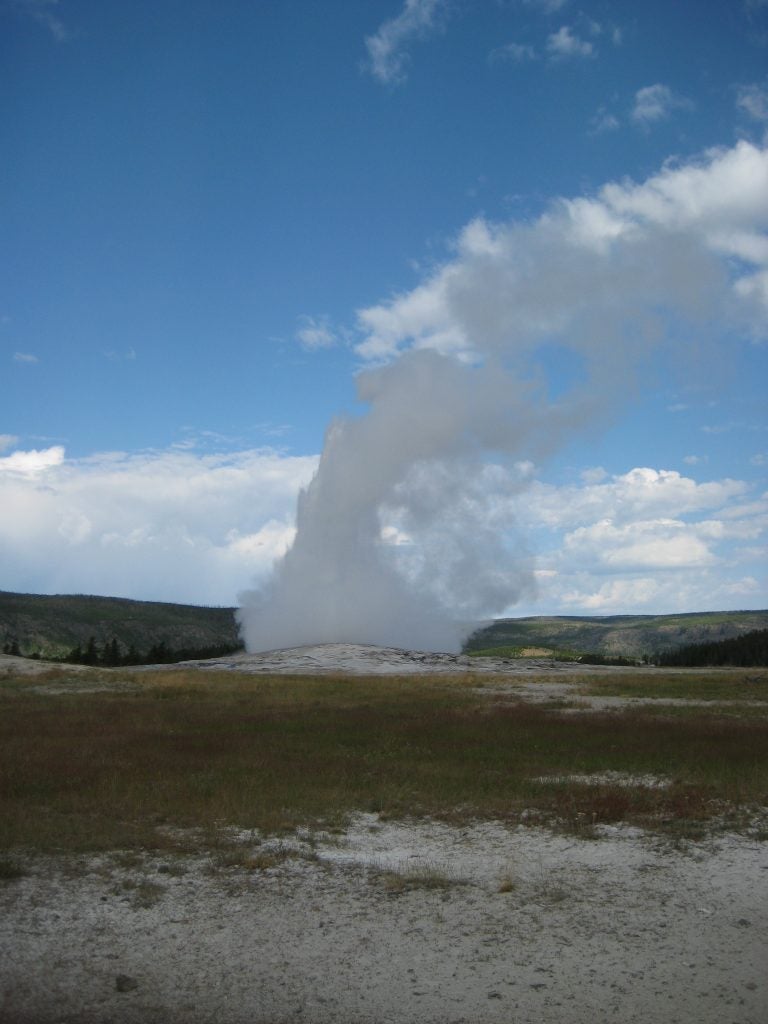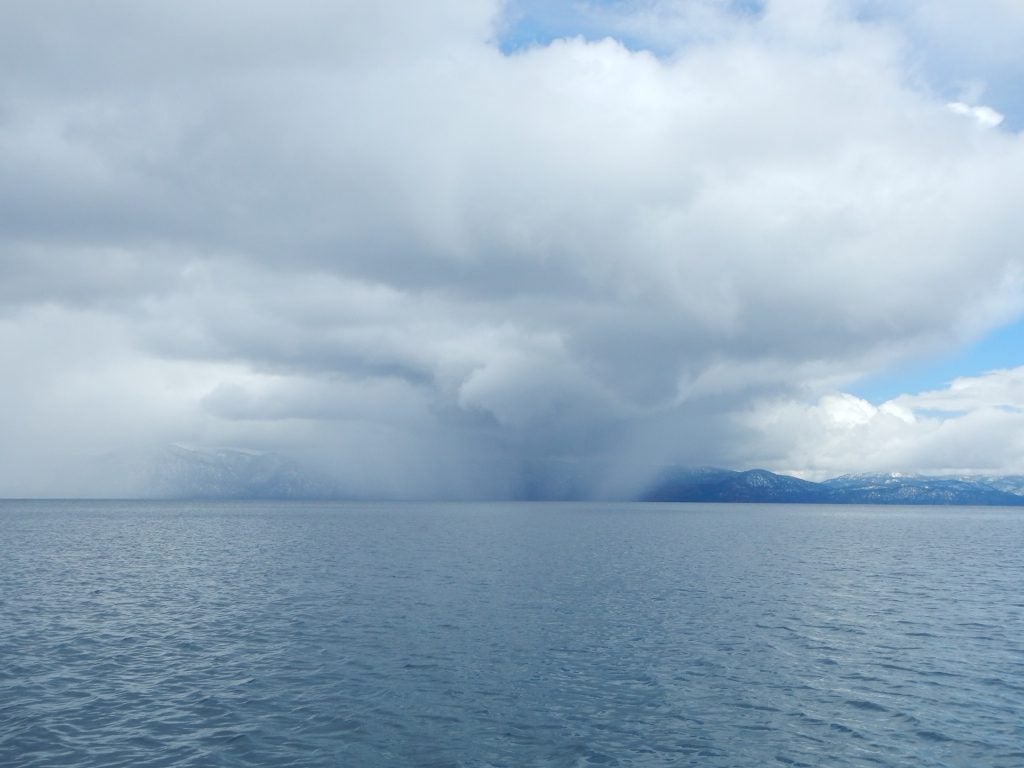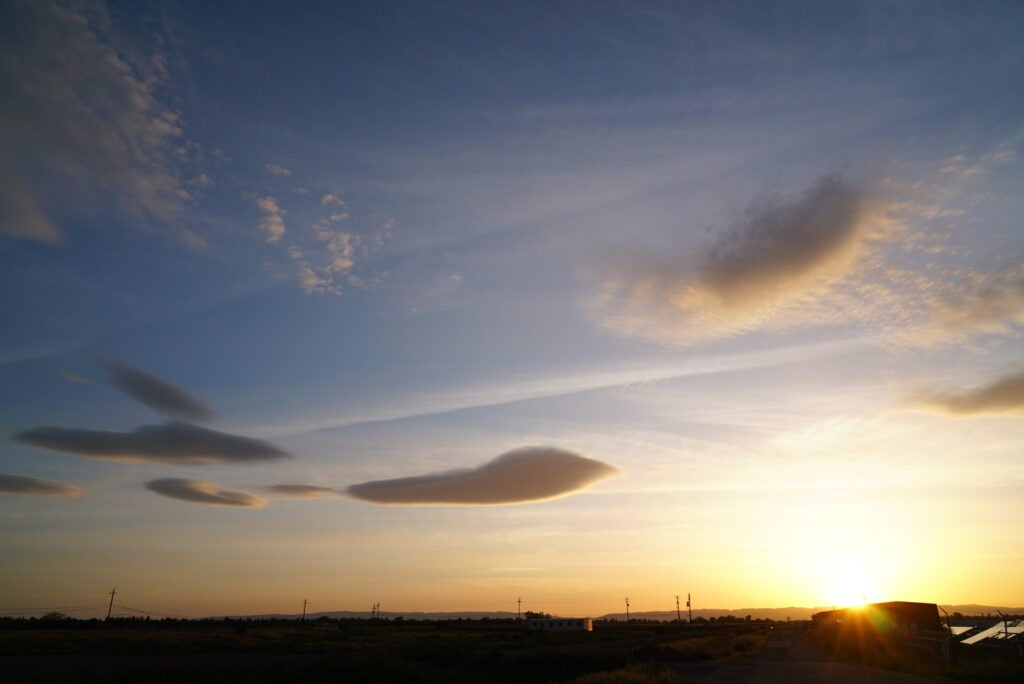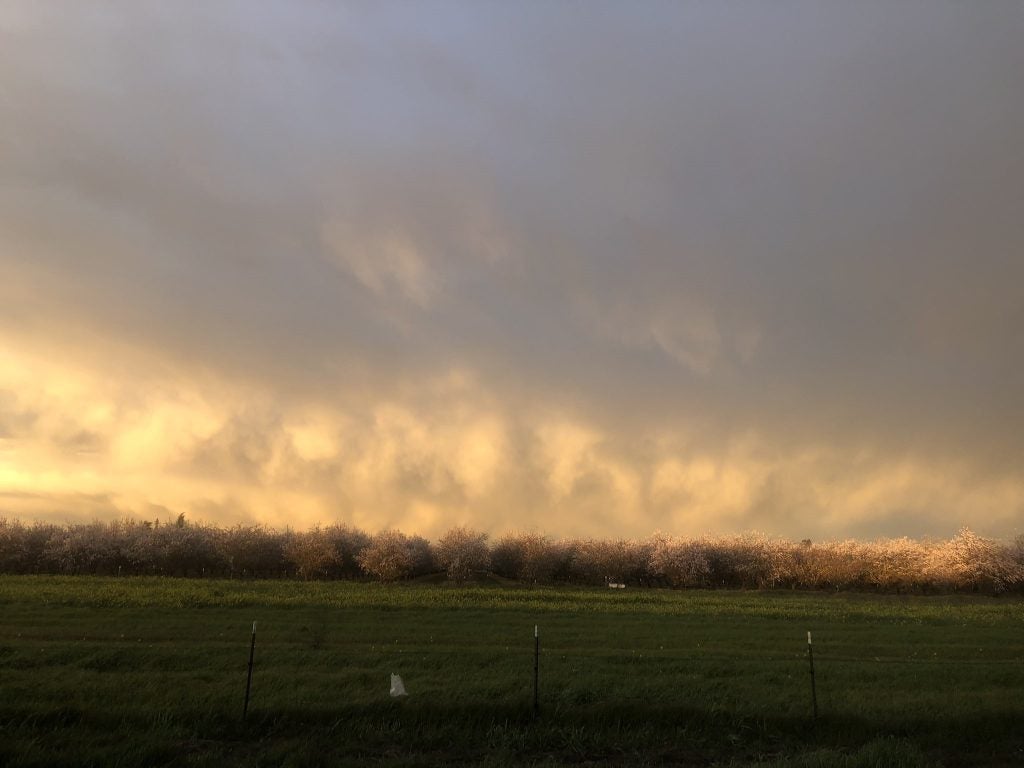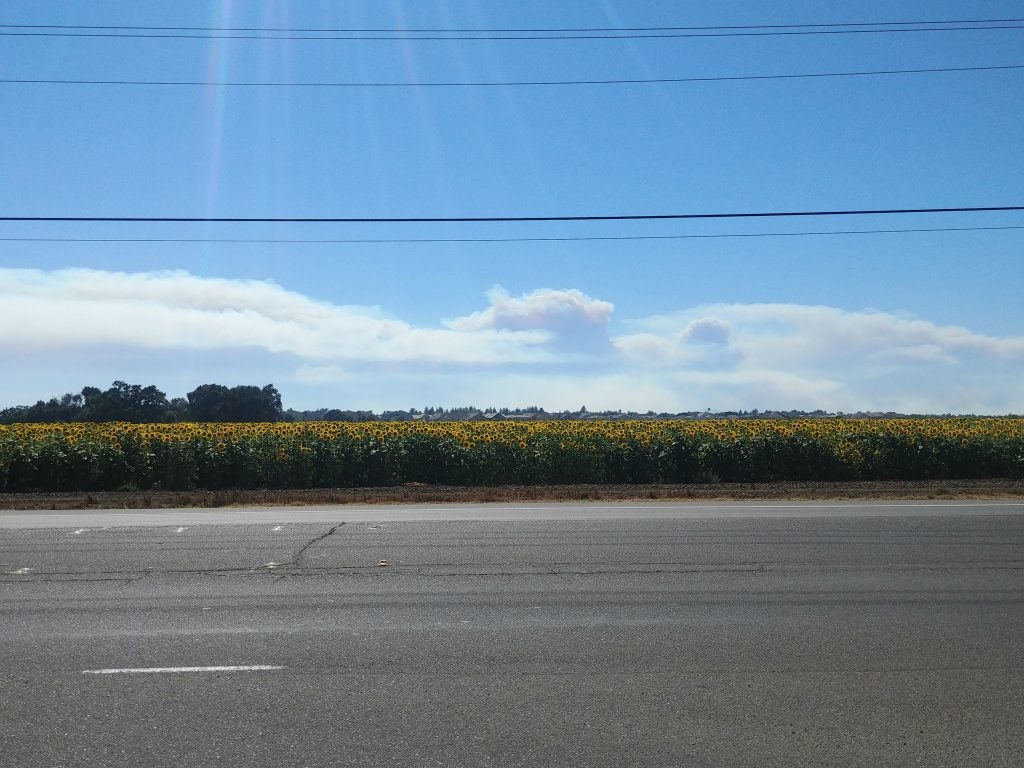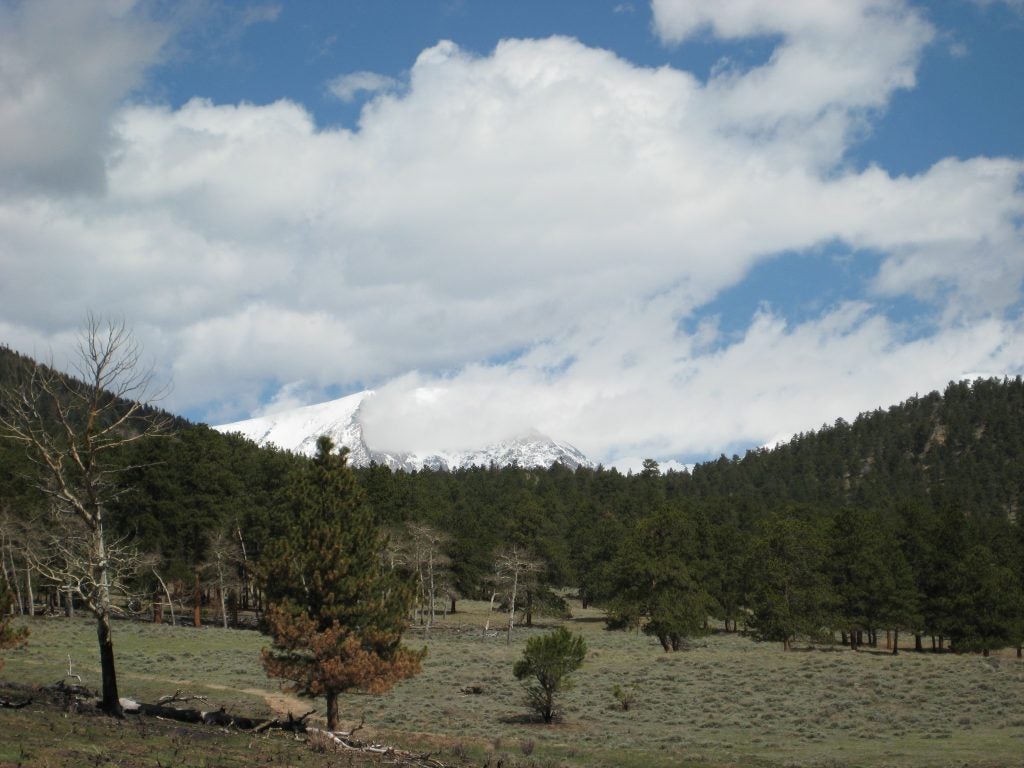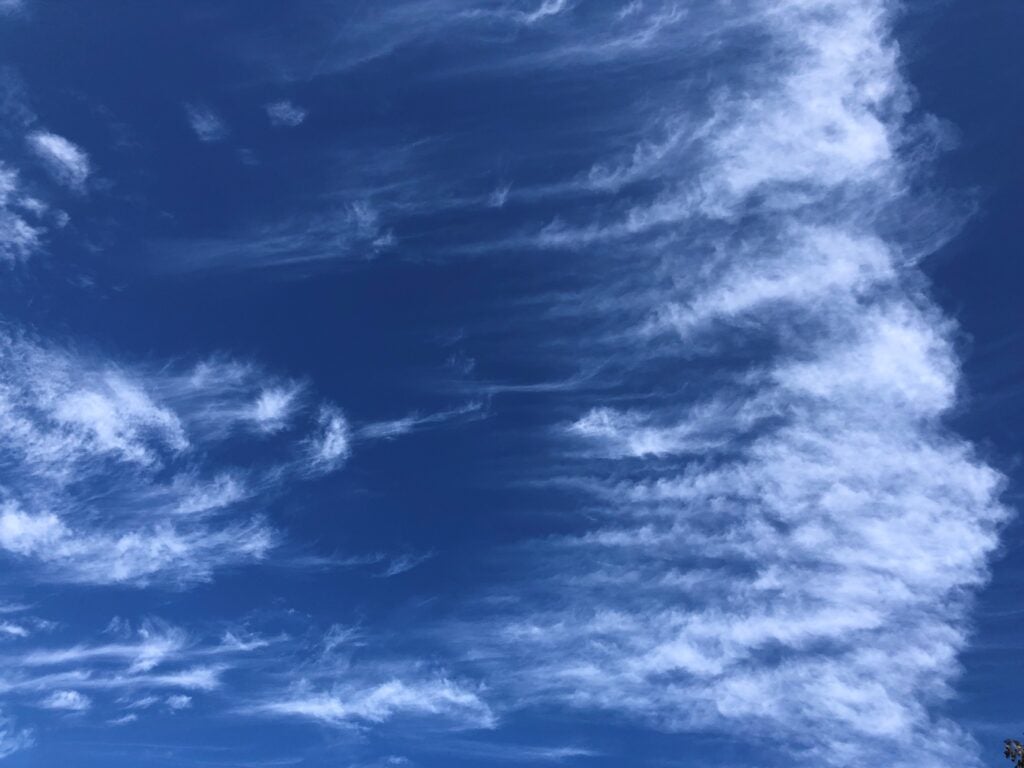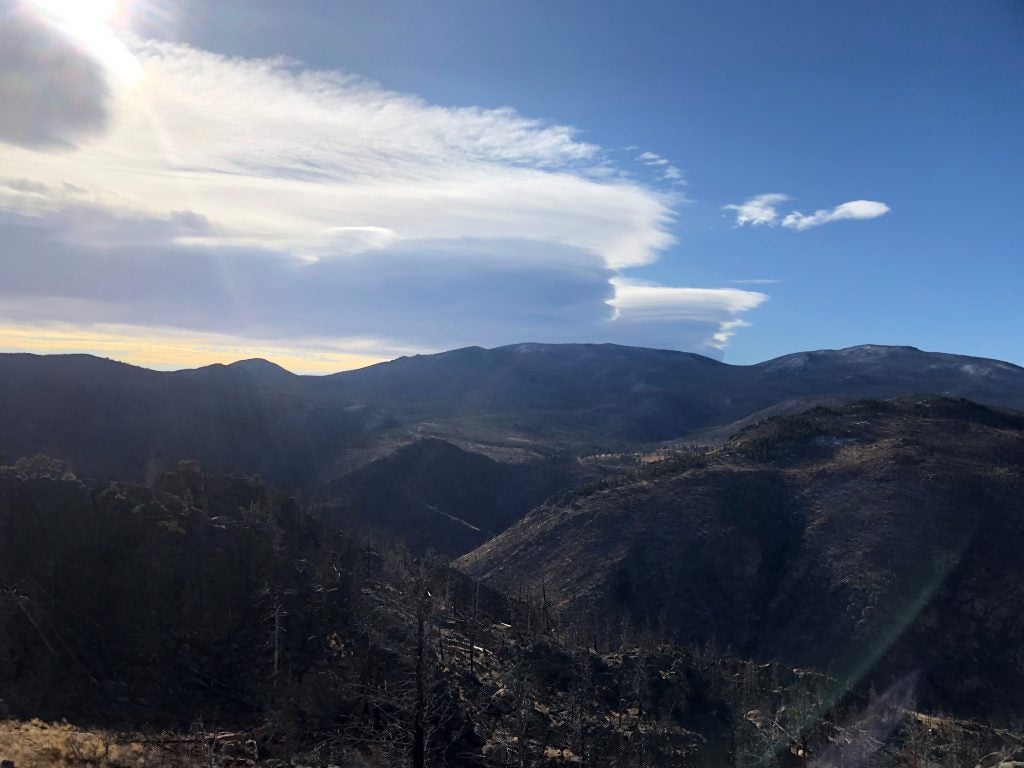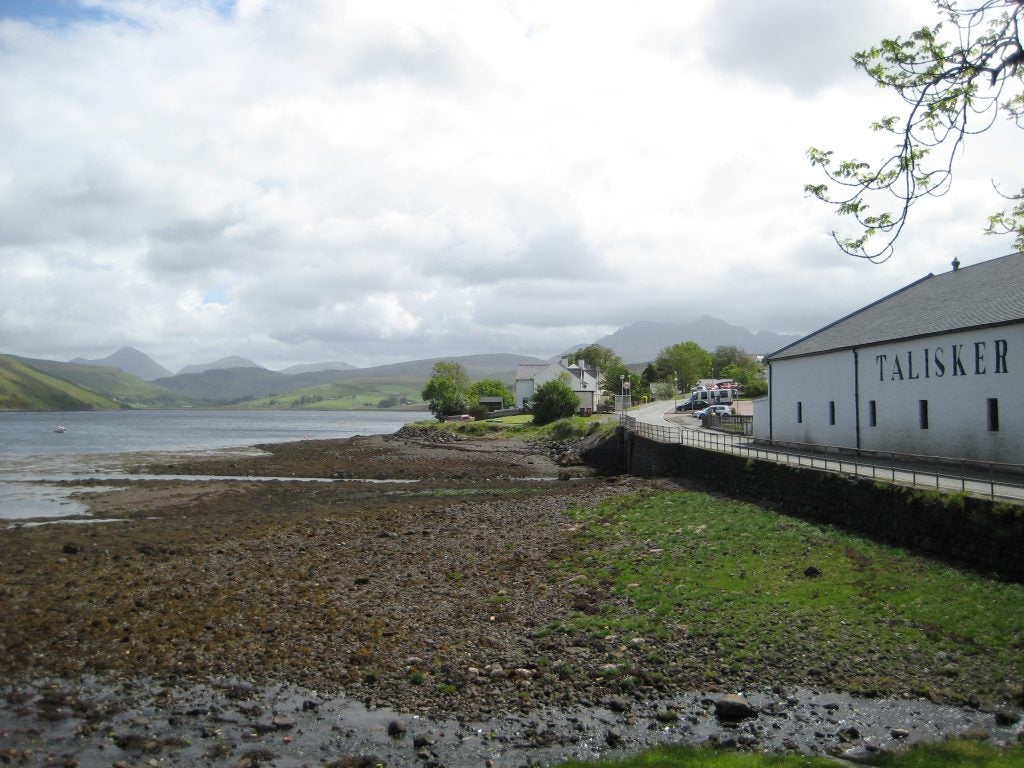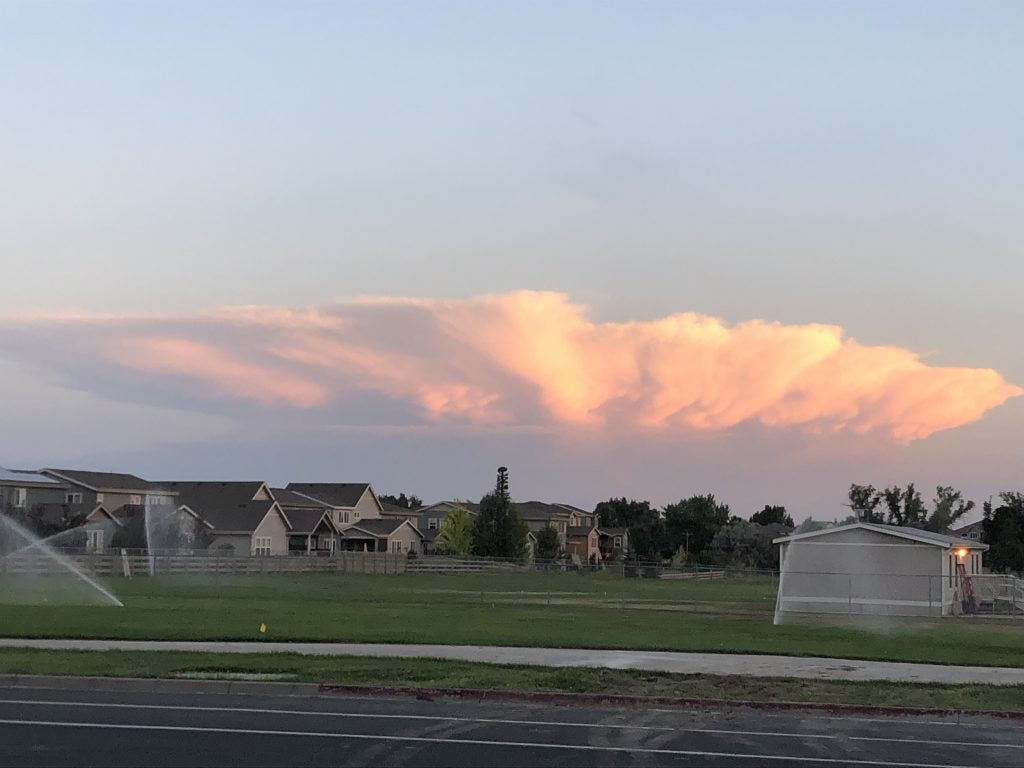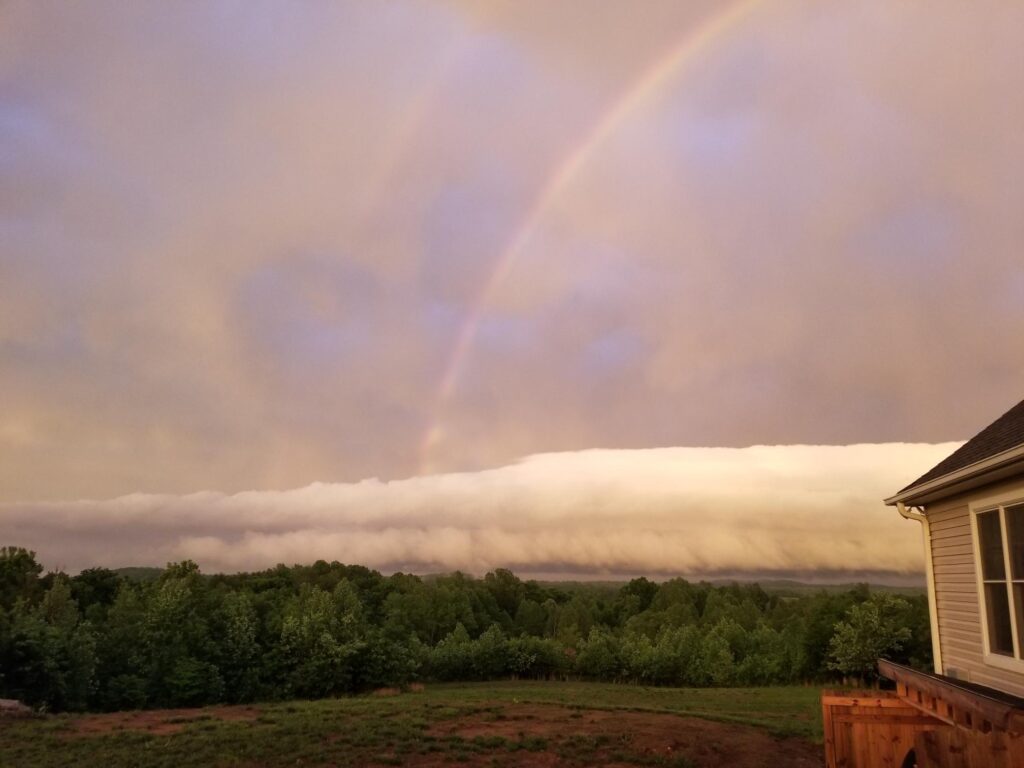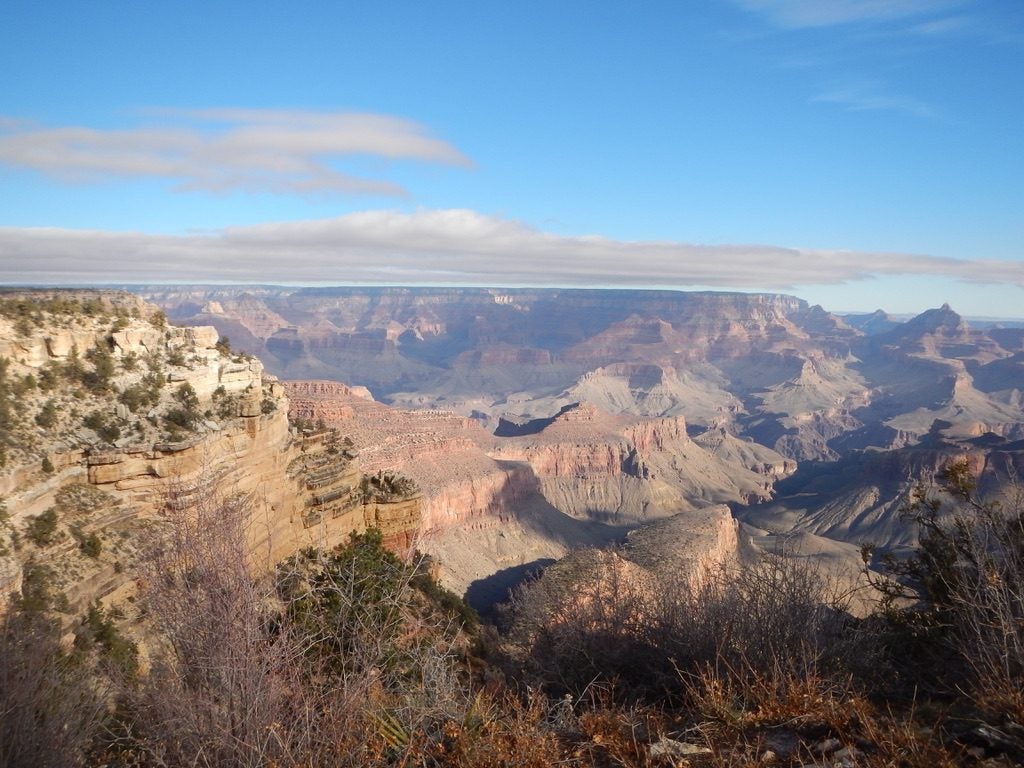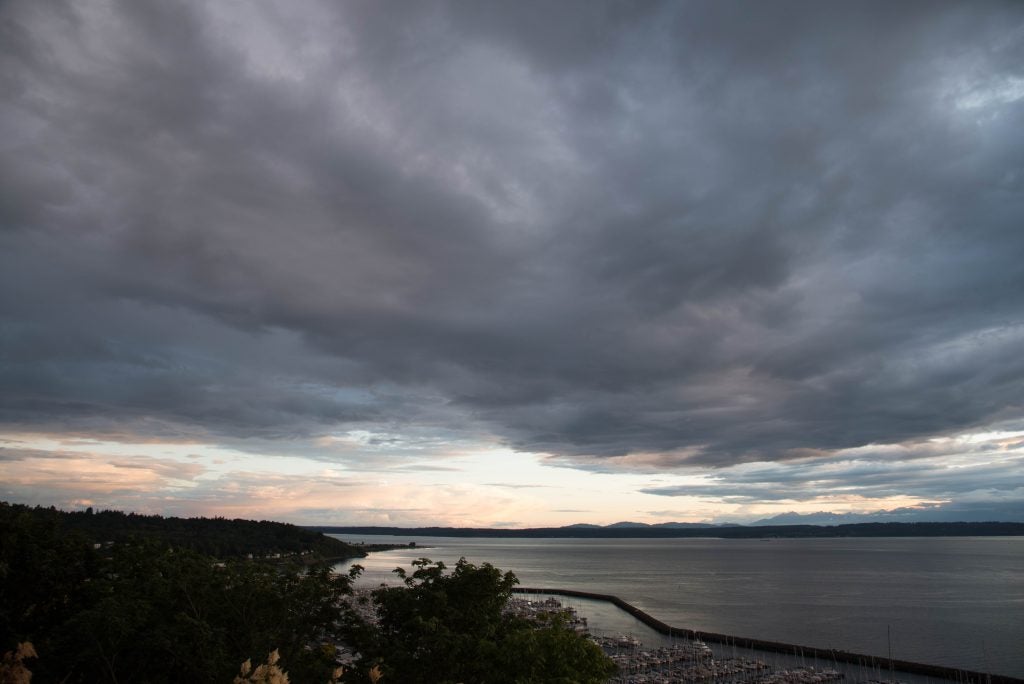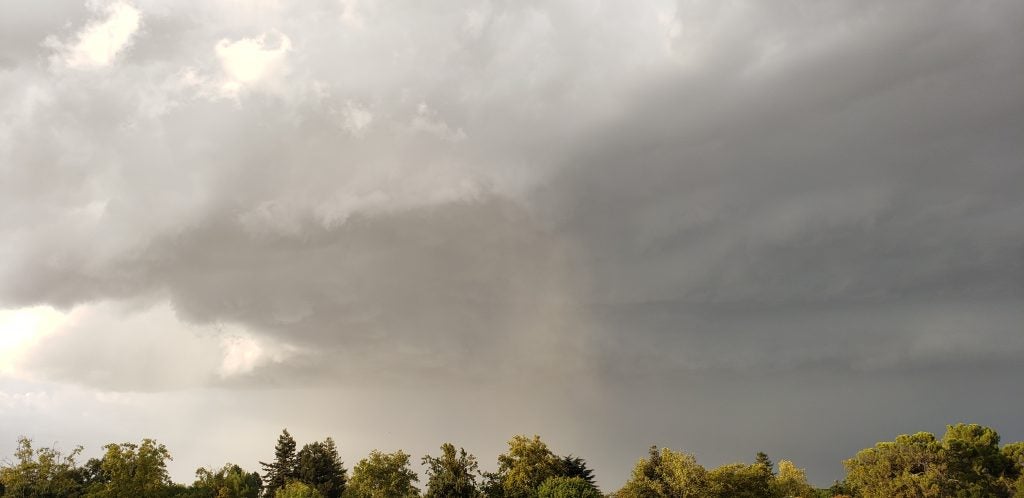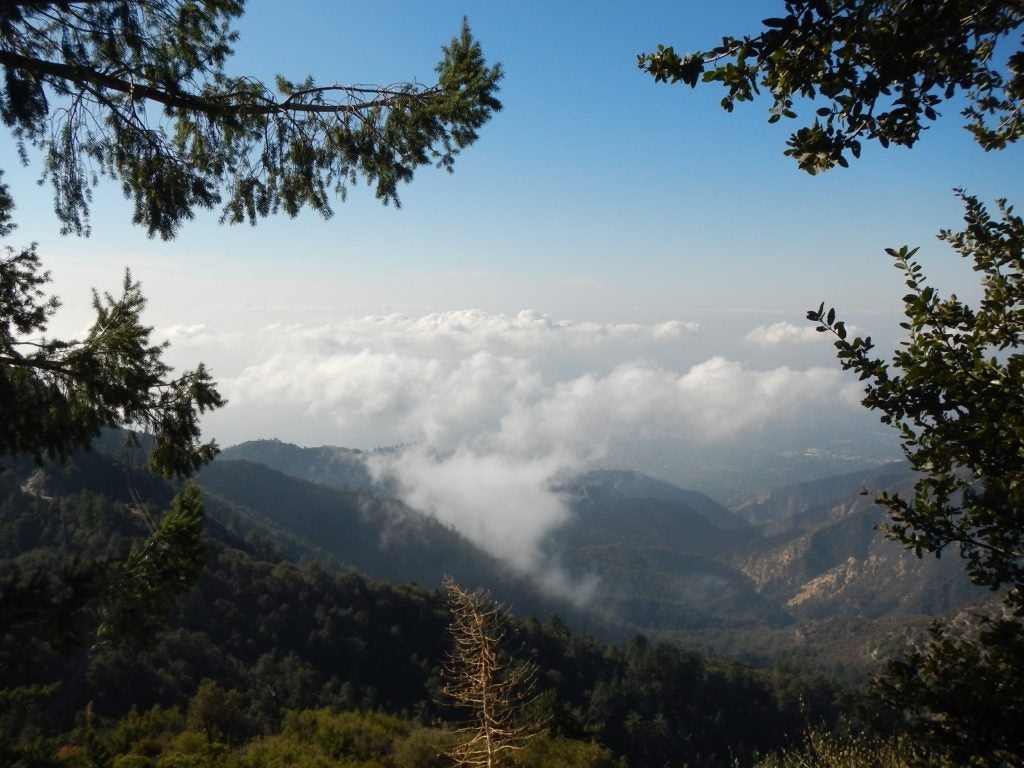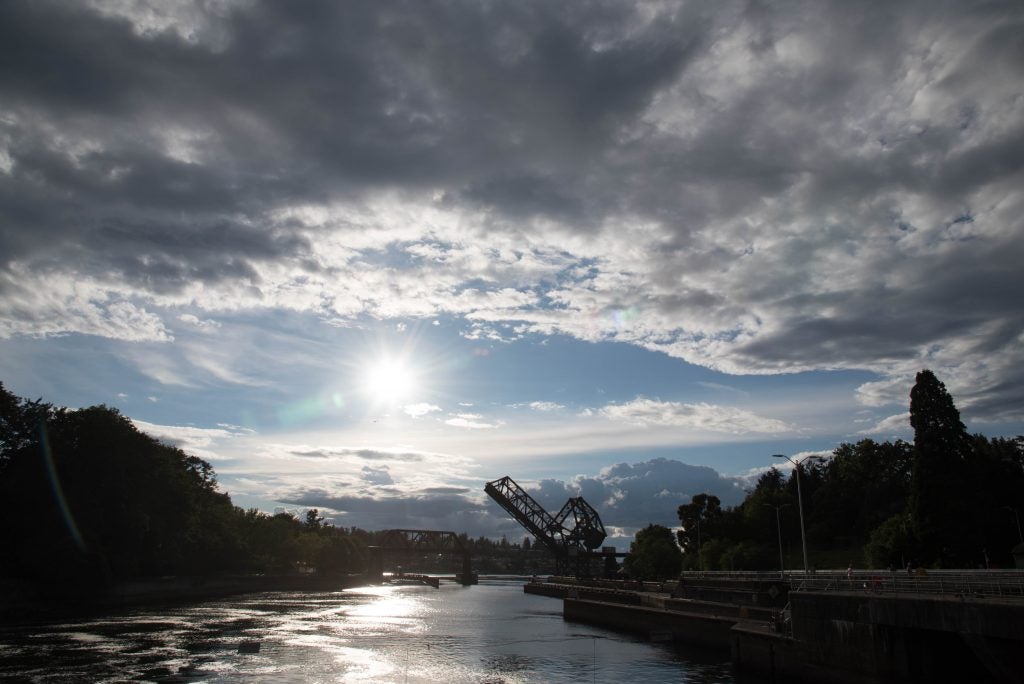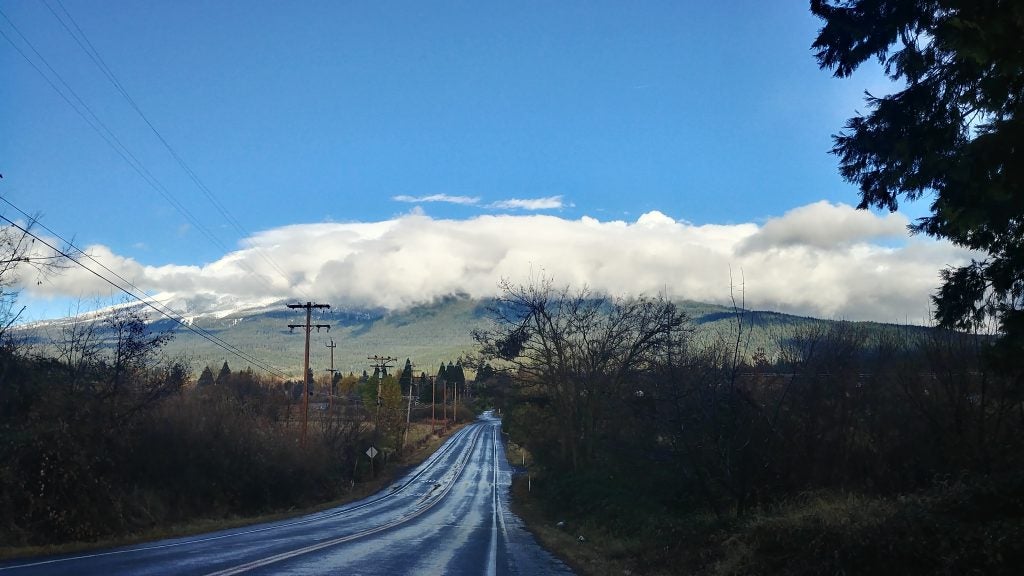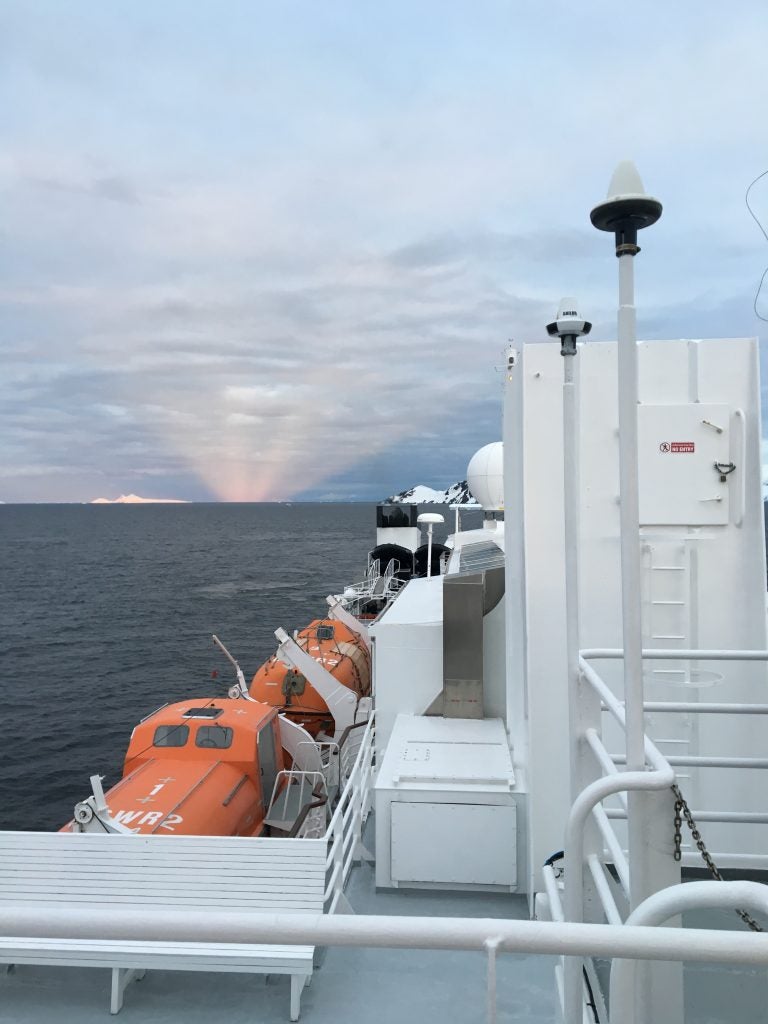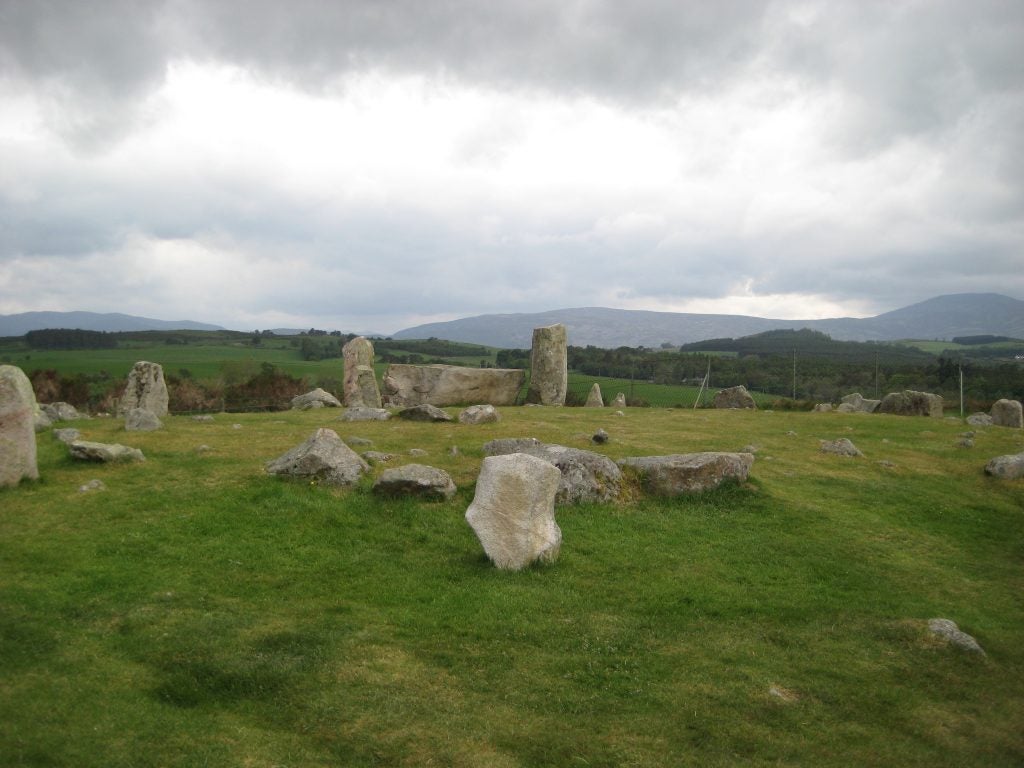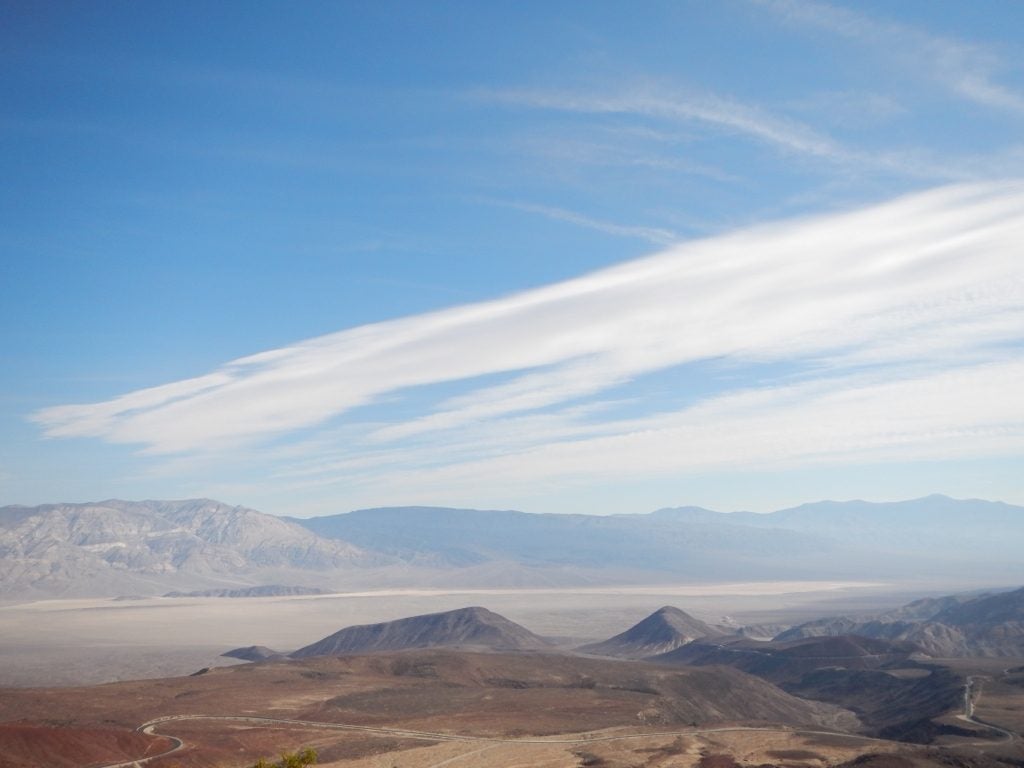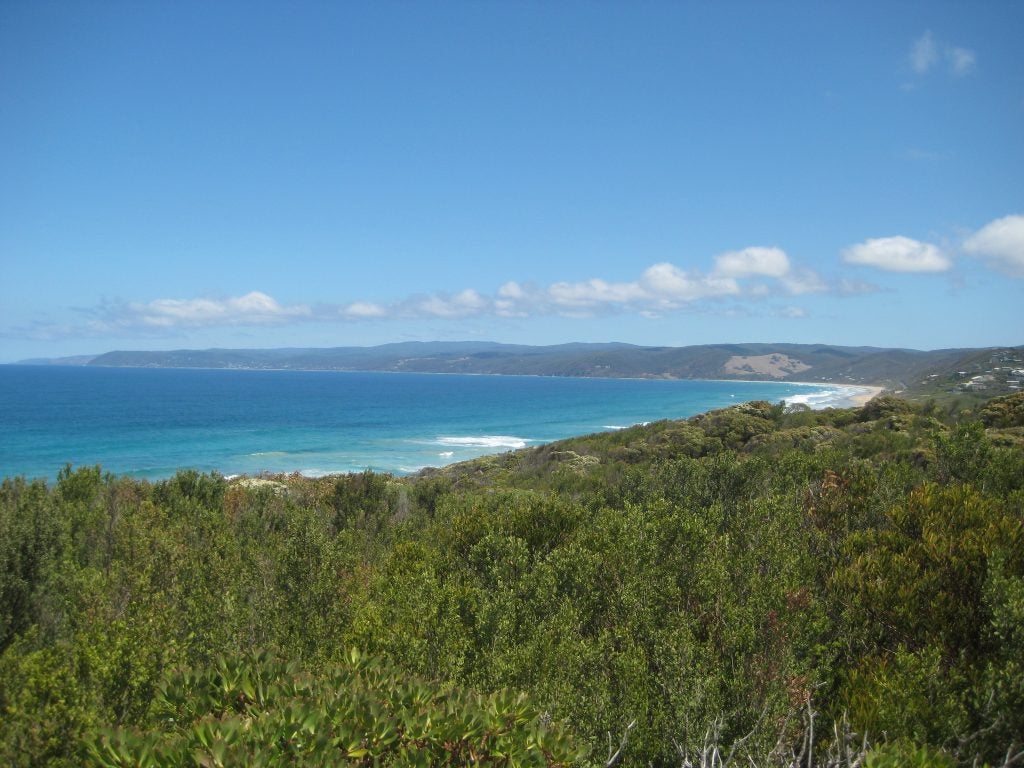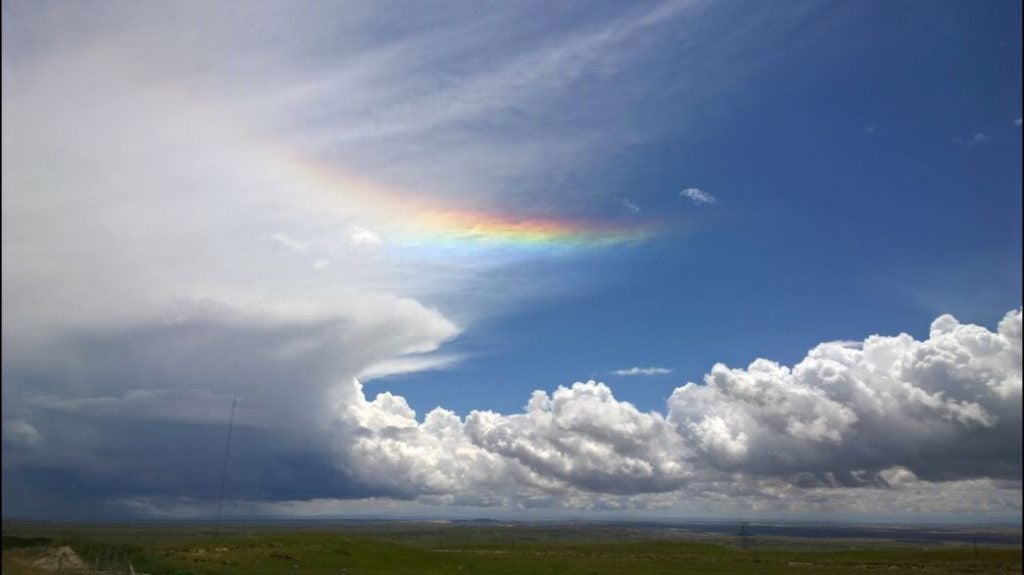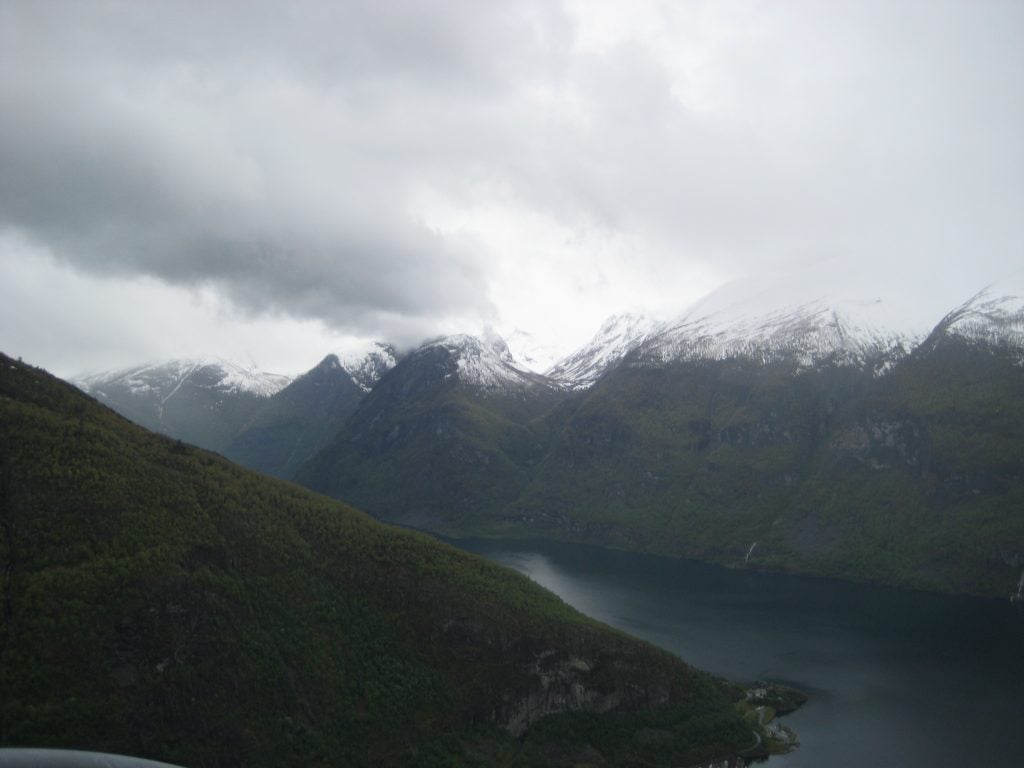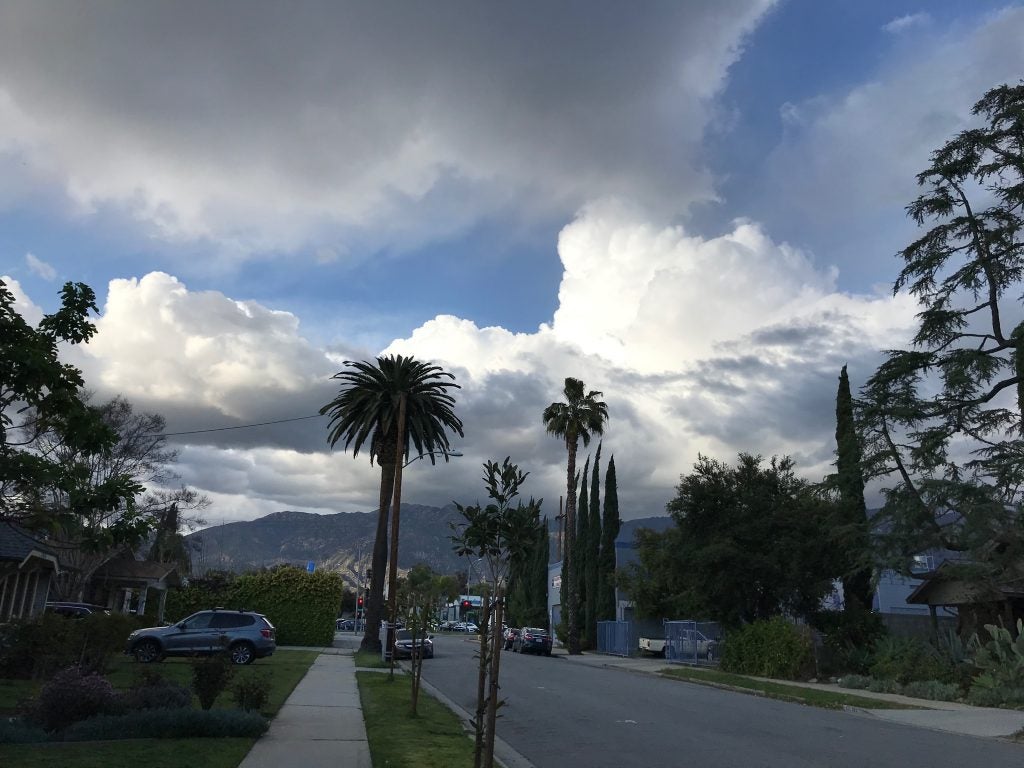Northern California is currently in the midst of its first significant rainfall of the season. The plume of moisture currently advecting on shore can be traced all the way back to a weakened typhoon in the western Pacific. I’ve heard a lot of chatter that this is an example of an “atmospheric river“, a strong, steady plume of moisture advected poleward out of the moist tropics. We have come to appreciate recently that atmospheric rivers are responsible for many of the significant rainfall events here in California and on the western coasts of several continents. But, I have to ask myself when an atmospheric river is really an atmospheric river and when it isn’t. The TPW loop shows that this moisture is not arriving from the deep tropics, but rather, from a ex-tropical system. The original definition of an atmospheric river makes no mention of the origins of the moisture, and as such, it is perfectly general. But, the connotation has generally been one in which the moisture originates from the TPW maximum around the equator. The precise definition becomes important as those of us in CA focus research efforts on the formation mechanism of atmospheric rivers and try to determine how they will change under global warming scenarios. Therefore, I would like to propose that “rivers” such as the one currently impacting CA simply be grouped in with normal warm frontal processes and we reserve the use of “atmospheric rivers” to those features extracting moisture directly from the deep tropics.
My Tweets
UC Davis Cloud Library
Archives
- May 2025
- November 2024
- October 2024
- September 2024
- November 2023
- October 2023
- May 2023
- November 2022
- October 2022
- September 2022
- July 2022
- April 2022
- February 2022
- December 2021
- November 2021
- June 2021
- January 2021
- November 2020
- October 2020
- September 2020
- August 2020
- July 2020
- February 2020
- January 2020
- November 2019
- October 2019
- September 2019
- July 2019
- May 2019
- April 2019
- February 2019
- January 2019
- November 2018
- October 2018
- September 2018
- June 2018
- May 2018
- March 2018
- January 2018
- December 2017
- November 2017
- October 2017
- September 2017
- August 2017
- July 2017
- June 2017
- May 2017
- April 2017
- March 2017
- February 2017
- January 2017
- December 2016
- November 2016
- October 2016
- September 2016
